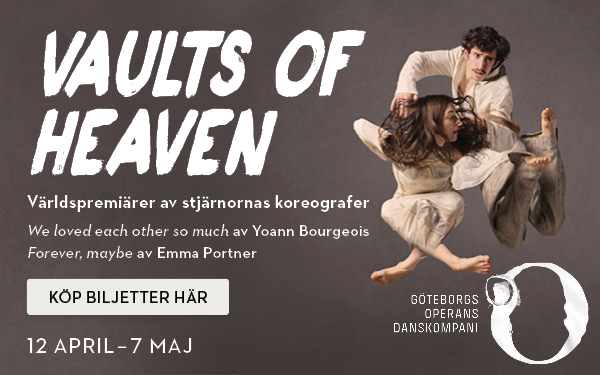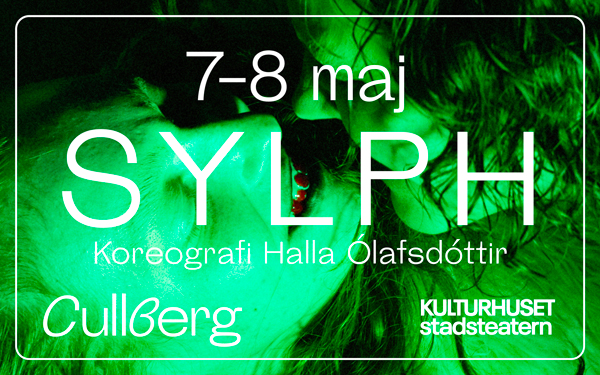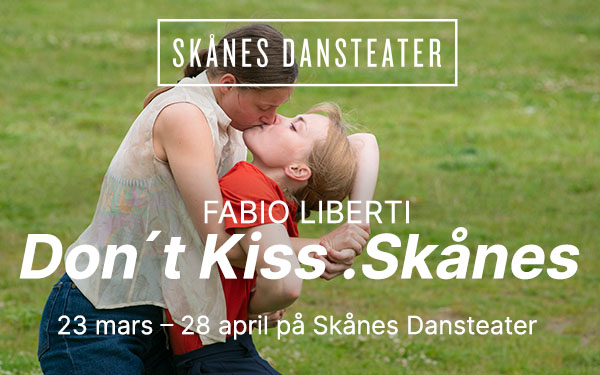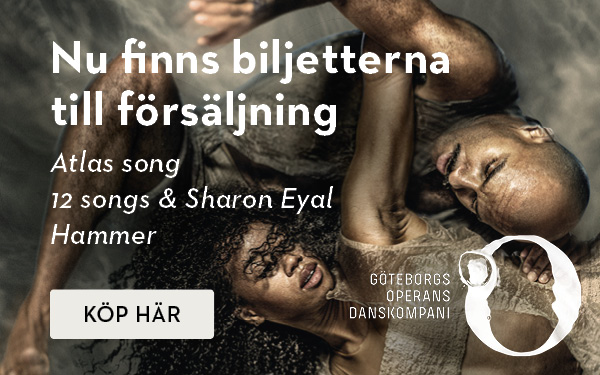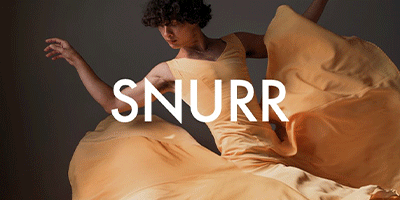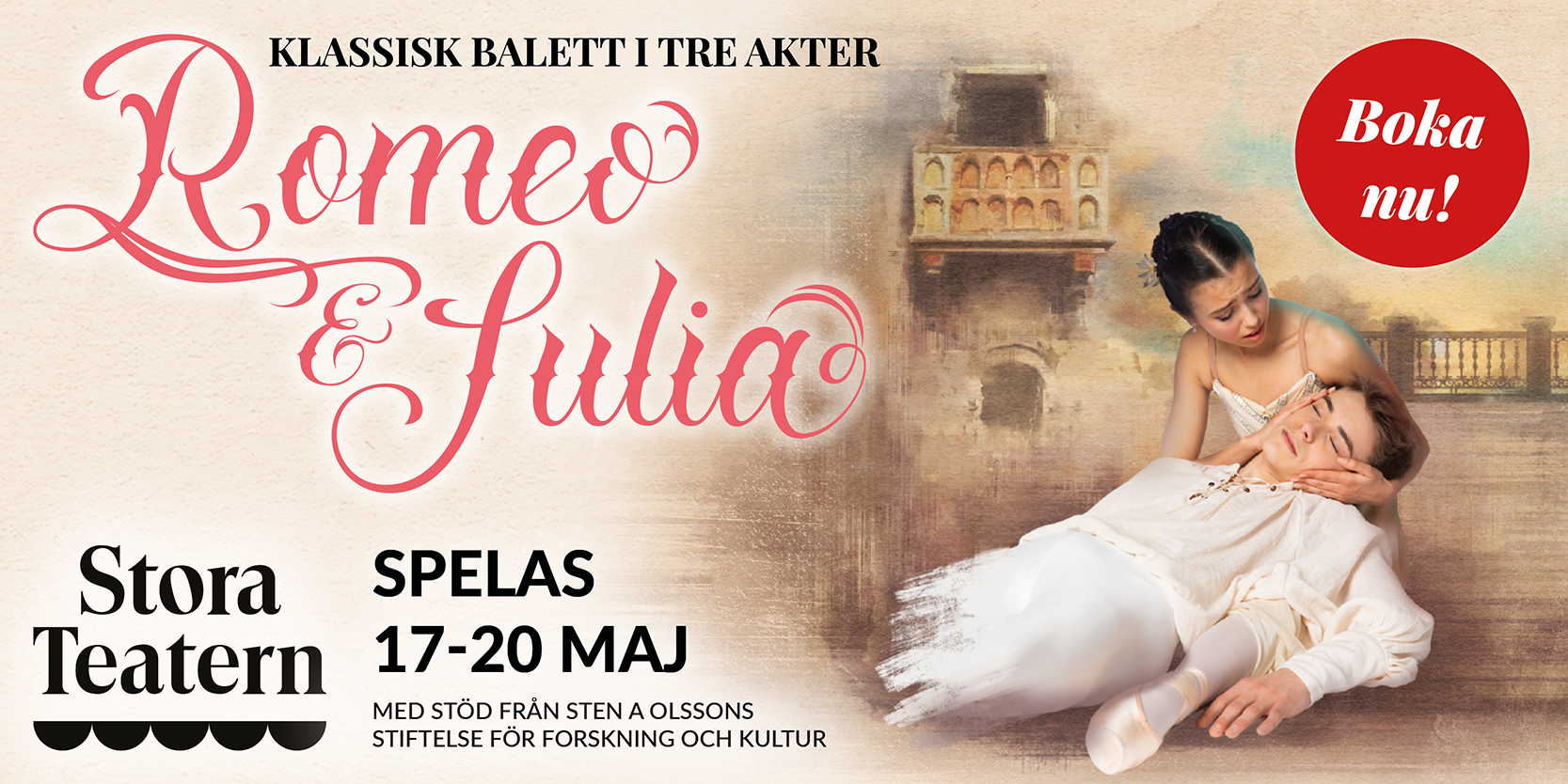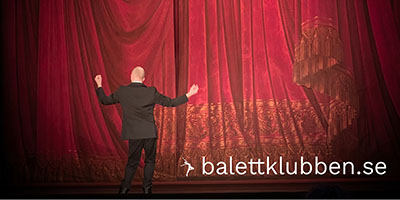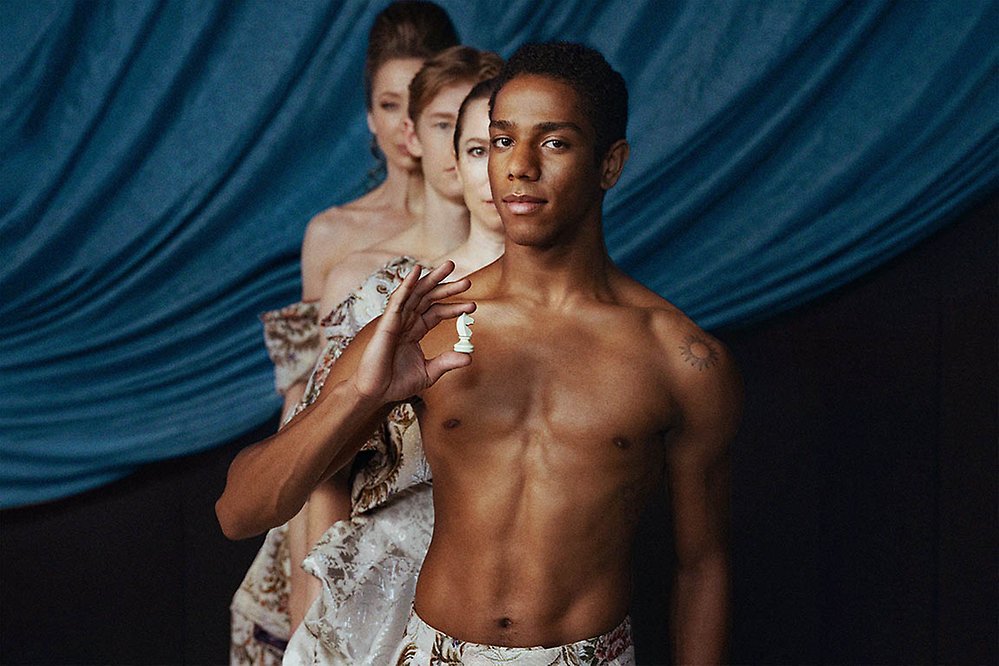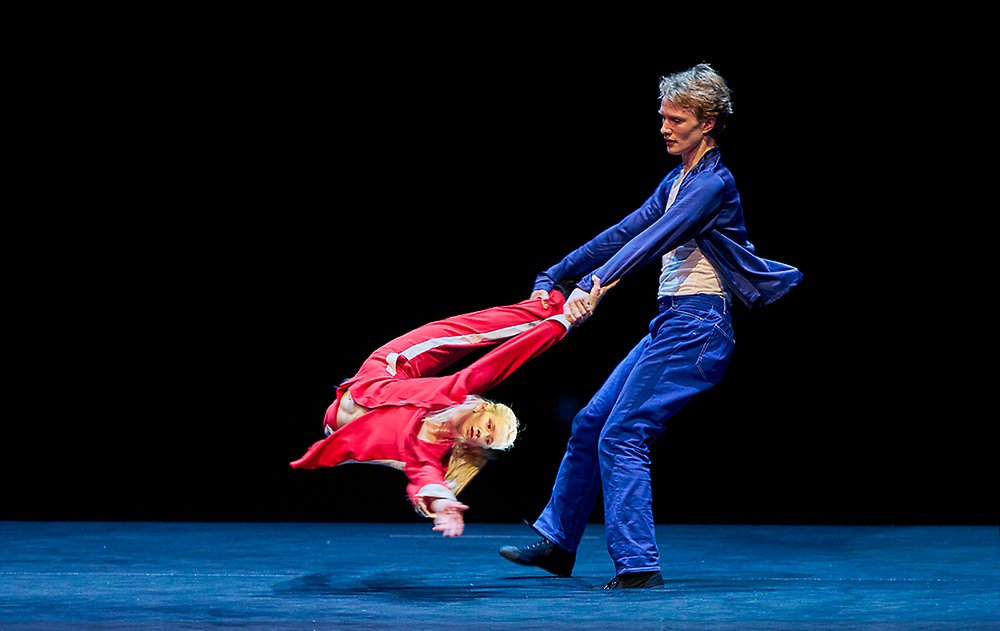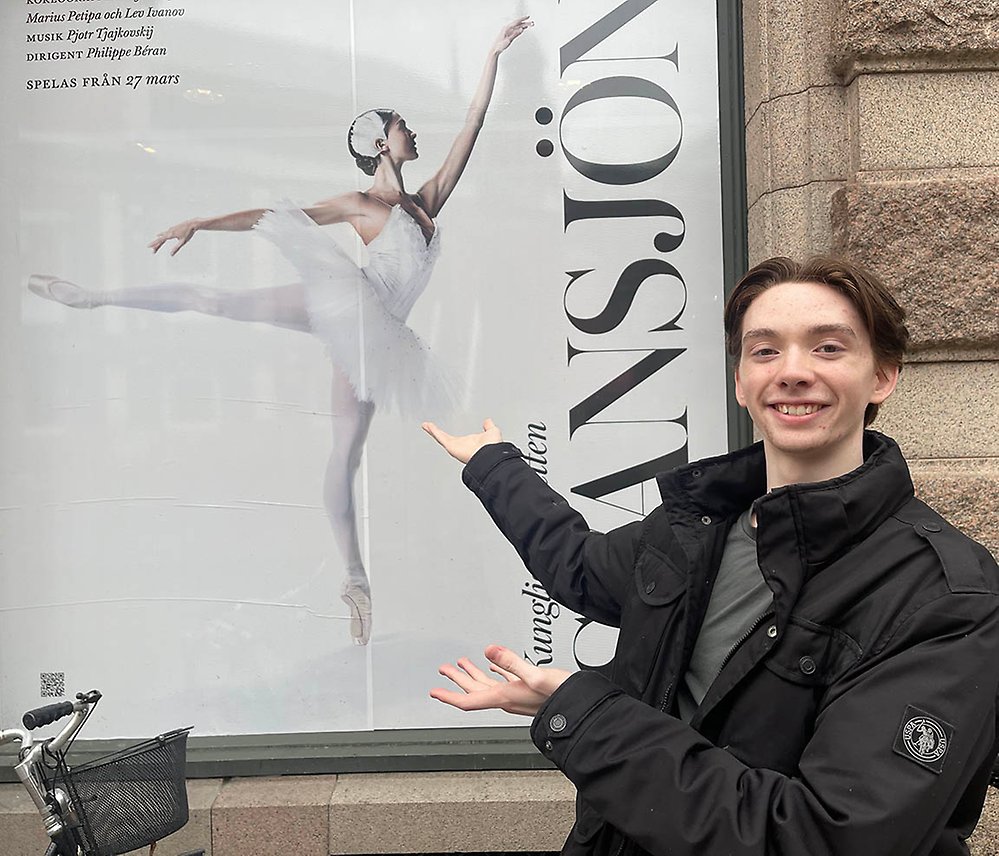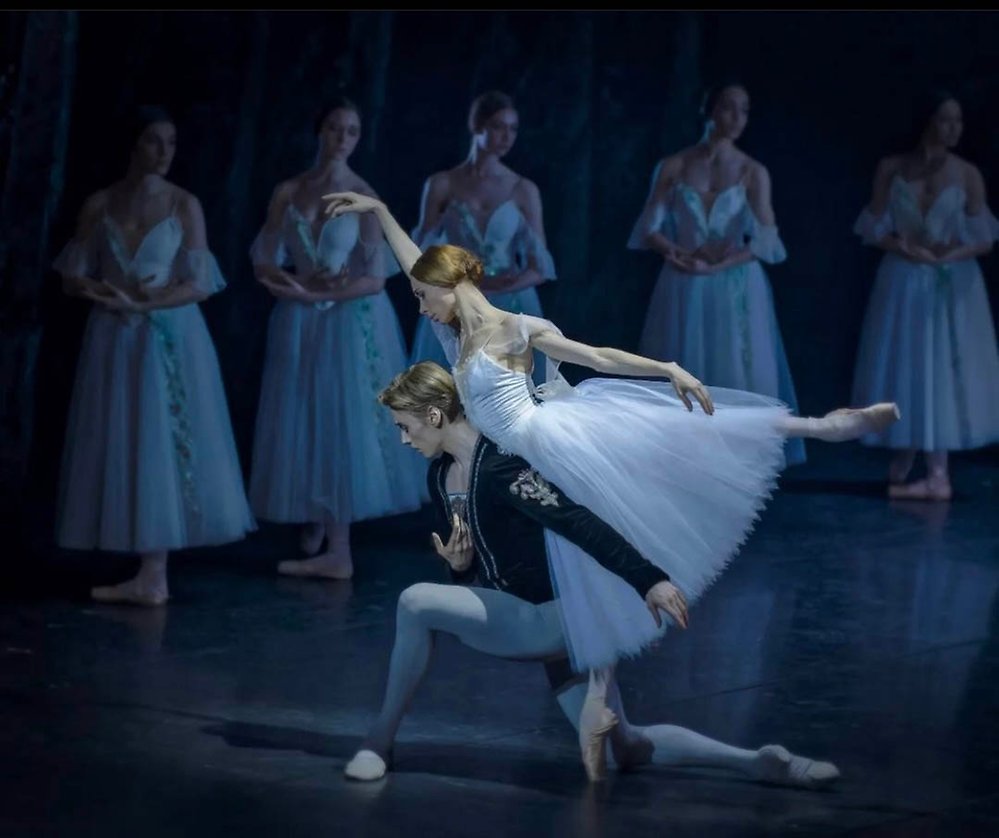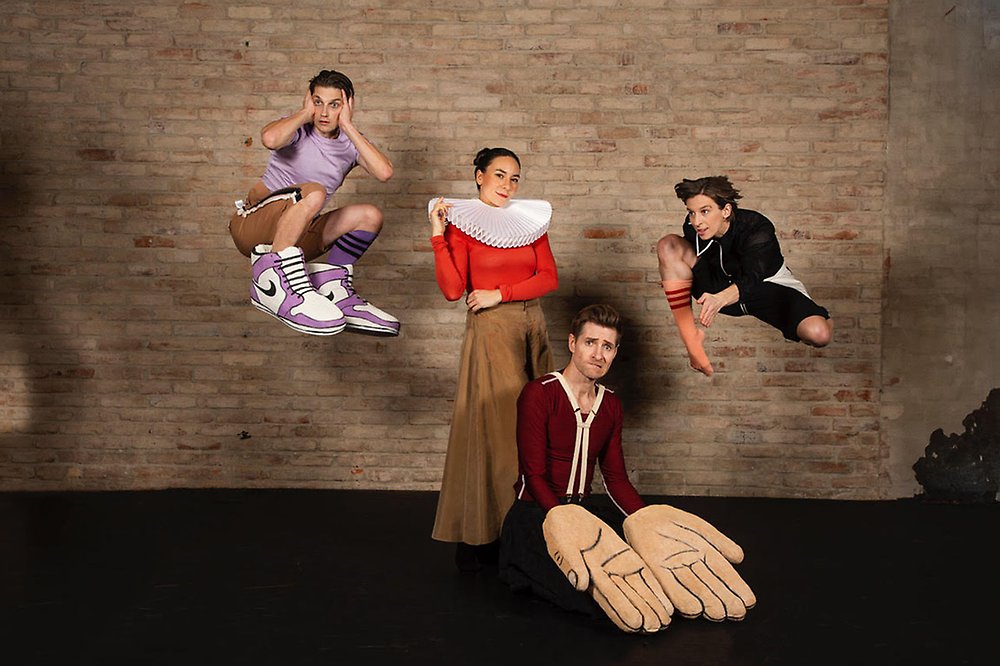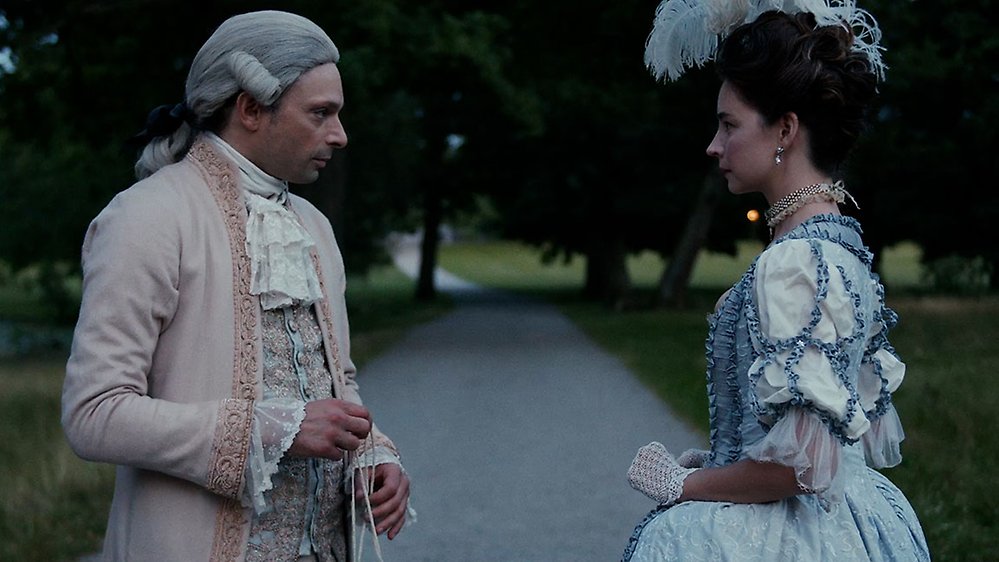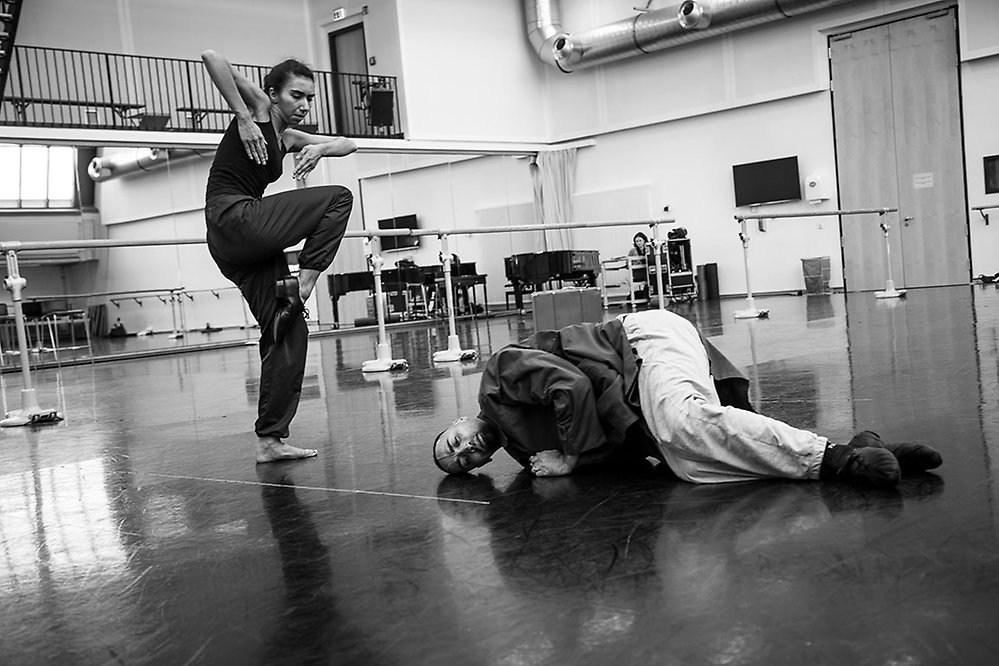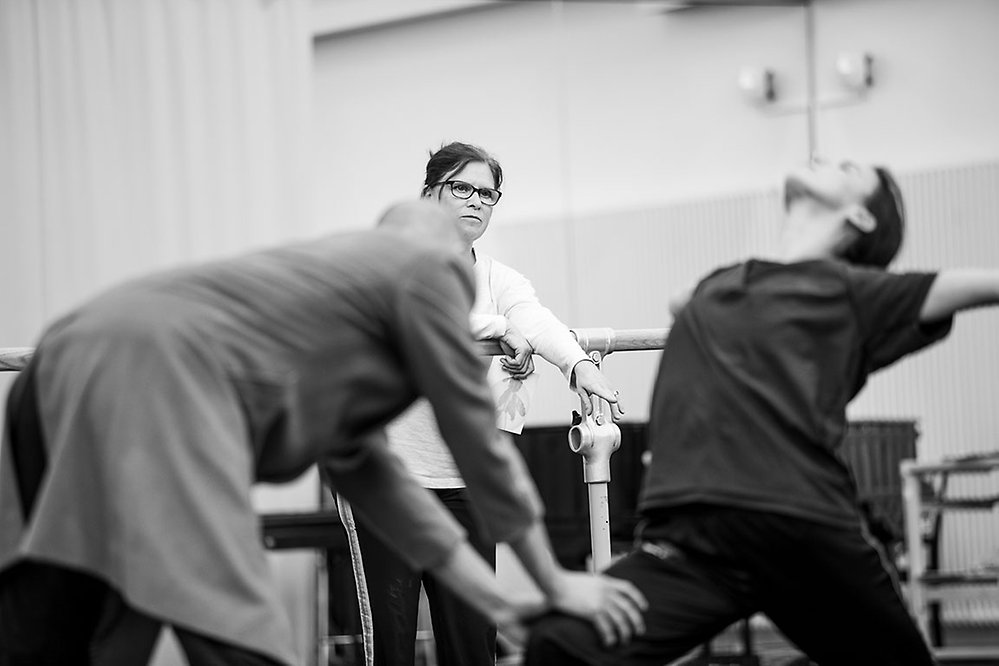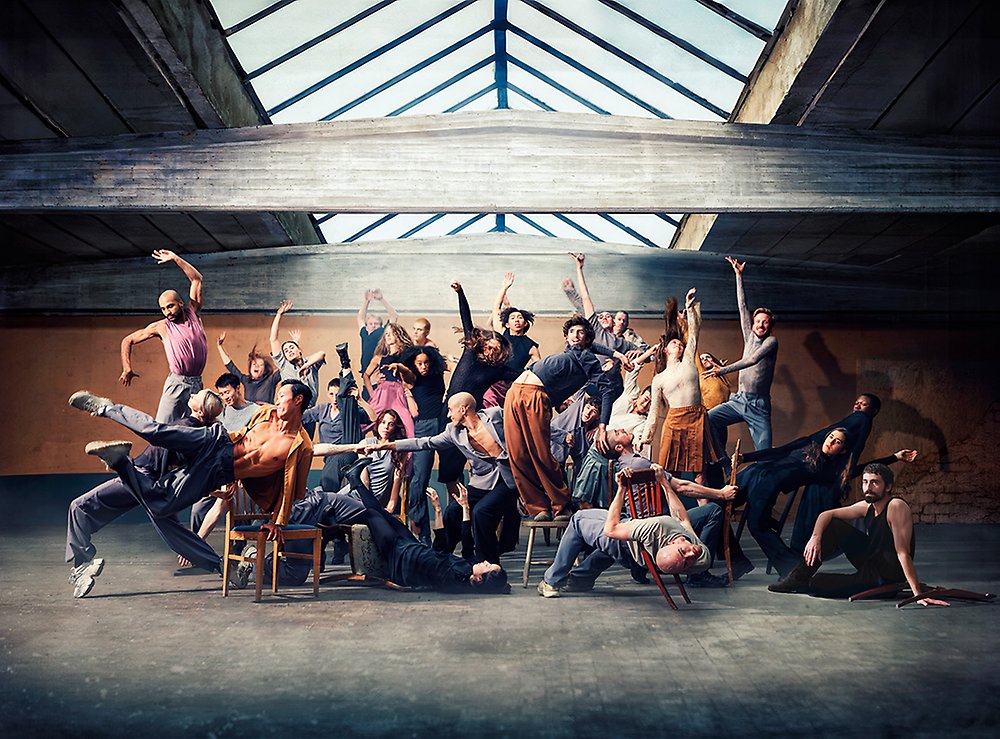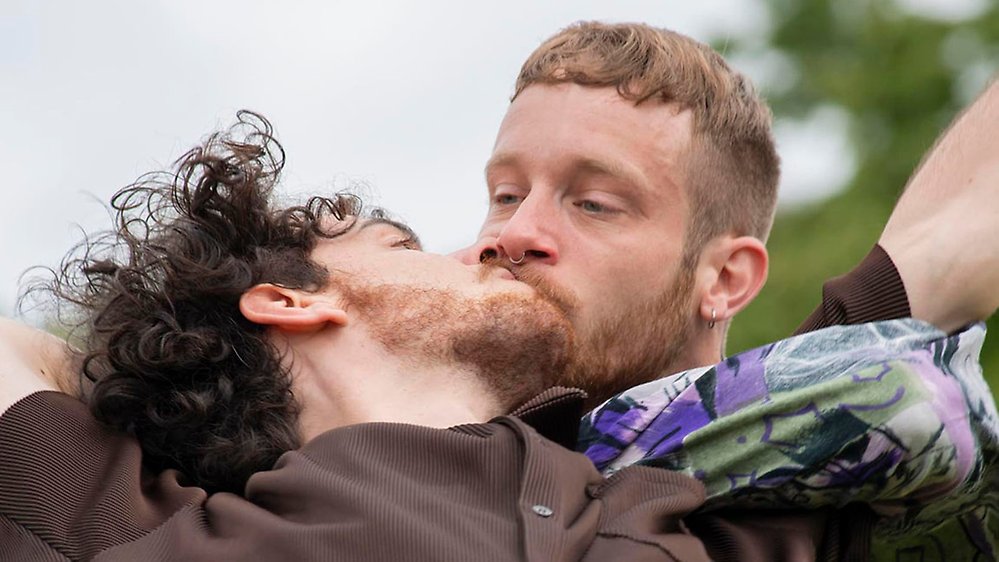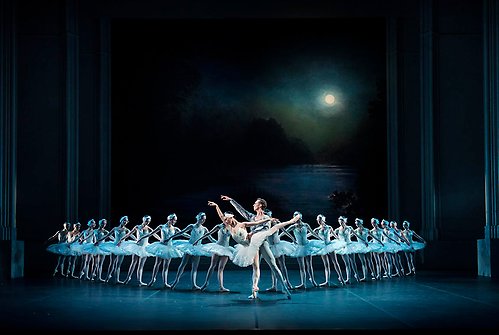Artiklar från 2008 – till idag
Peter Bohlin: Yuri Fateyev, leader of The Mariinsky Ballet
– one of the world's foremost ensembles
HELSINKI: There are moments when you think nothing could be better. One such moment was when the Mariinsky Ballet guested in Helsinki earlier this year and performed Balanchine's Jewels. The last act, Diamonds, with Russian dancers, Russian music and Russian orchestra, was for me a rare treat bordering on an hour of worship.
As correspondent for Dansportalen I was was granted an interview with the artistic director of the company, Yuri Fateyev. The Artistic Director of The Mariinsky Theatre, conductor Valery Gergiev, is head of both the opera and the ballet departments of the theatre. Mr Fateyev's title is Deputy Director and he is responsible for the ballet company directly under Mr Gergiev.
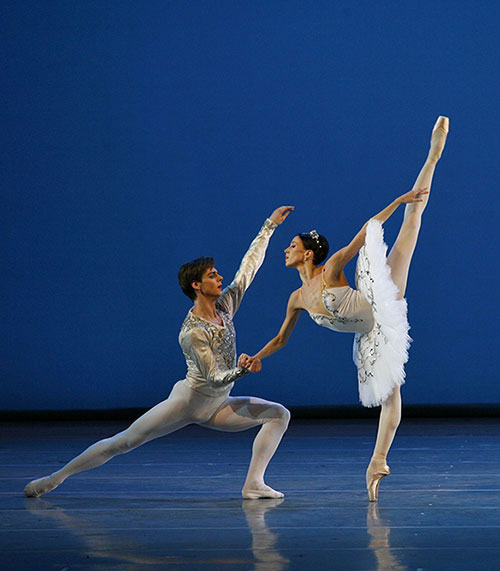
Victoria Tereshkina and Vladimir Shklyarov in Theme and Variations. Photo Mariinsky Ballet
Mr Fateyev, may we ask you to give us an outline of your career?
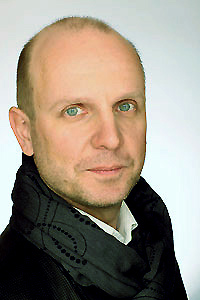
Yuri Fateyev. Photographer O Zotov
In 1995 I started to work as a ballet teacher – teaching classes, rehearsing a little bit. In that time we staged a ballet by José Antonio, the Spanish choreographer and famous dancer. The ballet was called Goya, and I was assisting him as ballet master. That was my first experience of this kind.
The following year, we started work on the Roland Petit ballets Le jeune homme et la mort and Carmen. I became ballet master also for those and was assisting the persons who came to stage the ballets.
In 1997 people came to stage ballets like Serenade, Symphony in C and Tchaikovsky pas de deux, and I was so lucky to get the opportunity to assist thhttp://www.dansbutiken.com/em. The Kirov company had got the first experience of Balanchine ballets in 1986. Then Francia Russell from the Balanchine trust was staging Theme and Variations and Suzanne Farrell was staging Scottish Symphony. I danced in these ballets and enjoyed that very much.
When Francia Russell came back to stage Serenade, Apollo and Tchaikovsky pas de deux, I assisted her, and she liked me. I liked both the work and the Balanchine choreography very much.
The next time when we had the huge project of Jewels, included in our Helsinki program, the Balanchine trust made a special condition in the contract for me to oversee all Balanchine ballets at the Mariinsky Theatre. I am so happy because I love to work with such nice people as Suki Schorer and Karin von Aroldingen, who came to the Mariinsky Theatre to stage that beautiful programme.
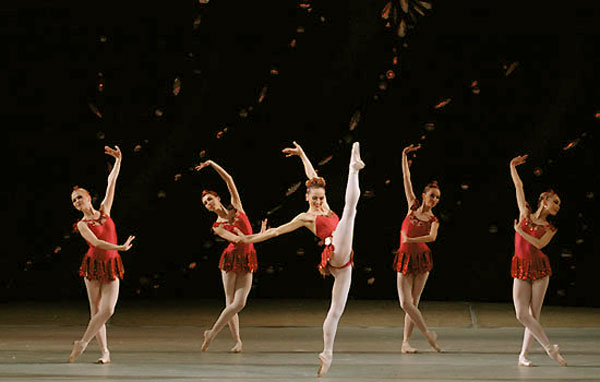
Rubies – in the center Diana Vishneva. Photo Mariinsky Ballet
I suppose the dancers also love the Balanchine style.
Pure, classic. academic – yes.
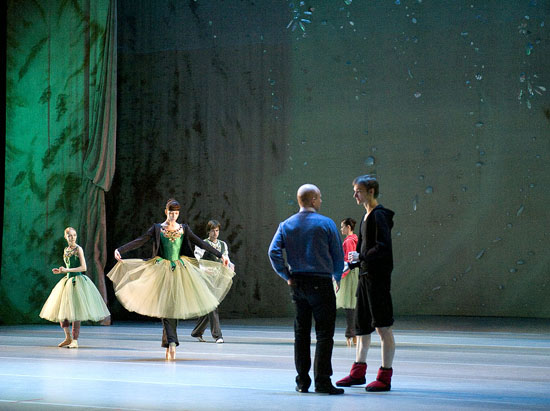
Svetlana Ivanova, Maksim Zyuzin and Yana Selina. Photographer Cristian Hillbom
Since when are you responsible for the whole company?
Two years ago, in the first days of April 2008 (an anniversary!), I was elected acting director for the ballet company's tour to New York, which was the start of my career as deputy director of the company.
I supervised so many ballets in the company before I was given the position as ballet director, and I know the company very well because I work with all the dancers in the company, all principals and soloists.
I work as ballet master for principal dancers like Igor Zelensky, Andrian Fadeyev, Diana Vishneva and Svetlana Zaharova. Right now I'm working with Vladimir Shklyarov, the young, very tall dancer who made his first performance of Diamonds in Helsinki. I am so happy to work with him.
I also work with John Neumeier. He is staging three ballets – Spring and Fall, Now and Then and Sounds of Empty Pages – for the Mariinsky theatre and I assist him also. This is a great experience for me too.
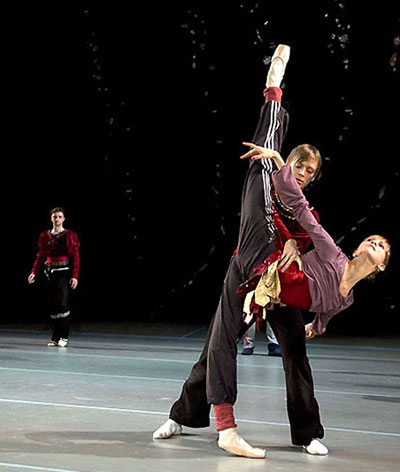
Ekaterina Kondaurova and Anton Pimonov. Photographer Cristian Hillbom
I supervise all the ballets. I need to do that, because I want to keep the high quality of all the repertory at the Mariinsky Ballet. This is my dream. I think the company is one of the most beautiful ones in the whole world.
What do you know about ballet and dance in Sweden?
You know, I have worked in Stockholm. That was in autumn 2000, when Petter Jacobsson was artistic director of the Royal Swedish Ballet. Natalia Makarova was staging Giselle and I was teaching classes and rehearsing with the company. A nice experience, and a privilege for me was that Mats Ek and Ana Laguna came to take my classes.
Did you see any of Mats Ek's works?
Of course. Our ballet festival in April this year included Mats Ek's Giselle performed by the Ballet de l'Opéra de Lyon. It was the tenth time the festival was held, so it's an anniversary. 2010 is also a "Year of Russia and France", and the Lyon Ballet's tour to our festival is supported by the Ministry of Culture of the Russian Federation, so that performance is an extra important one
.
Is your festival always held in April?
No, not every year. Last year we held it in March. Next year it will also be in April.
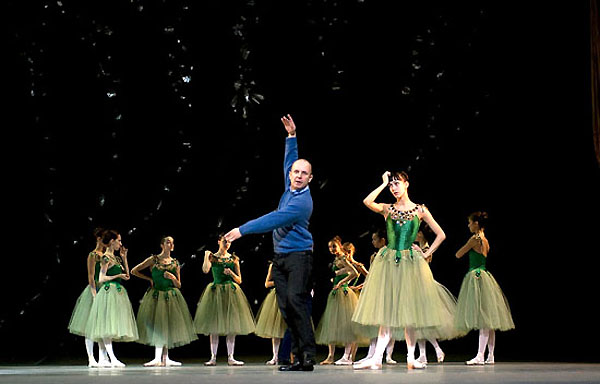
Yuri Fateyev and Daria Vasnetsova. Photographer Cristian Hillbom
That's right. My opinion is that dancers with very good ballet technique can dance everything, but not the other way around. Now, in our modern world, young dancers like to perform modern works. It is very important for them. At the same time, everyone likes to dance classical ballet because, I think, classical ballet will never die. Masterpieces like Swan Lake, Sleeping Beauty and La Bayadère will stay alive forever.
An important, serious work is to discover new talented choreographers who will make ballet live in the future. Today, there are not so many famous choreographers, as in the middle of the 19th century. Petipa was an amazing experience for the Russian ballet. Now, new choreogaphers are growing up.
Our April festival included a special evening, called "A new generation". There, I gave the chance for three young persons from around the world. One is Yuri Smekalov, a Russian boy who is a soloist in the Mariinsky ballet. He won a gold medal for choreography last year at the XI International Ballet Dancers' and Choreographers' Competition in Moscow. He staged Ravel's Bolero under the title Bolero Factory, with eight dancers.
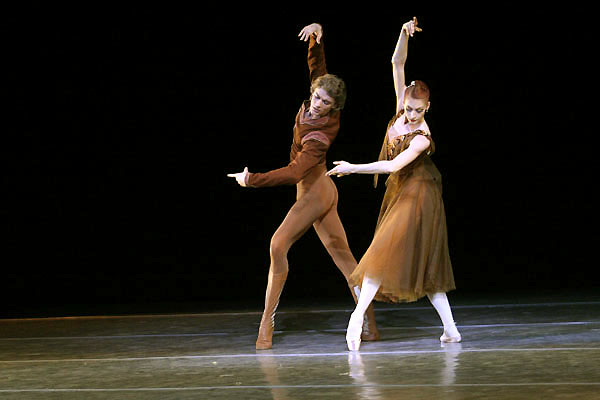
Jerome Robbins In the Night med Viktoria Terjosjkina and Yuri Smekalov. Photo Mariinsky Ballet
Edward Liang is the third young choreographer. He is Chinese-American, already famous, as he already created pieces for the New York City Ballet and more than ten other companies. He has already had experience working with Russian dancers, as he worked with Yuri Zelensky in the Novosibirsk Ballet. Now he worked with our dancers, mounting a ballet called Flight of Angels, for nine dancers.
Another idea with commissioning ballets from young choreographers is, of course, to give them chances to create new stars. In the company, we have so many beautiful dancers, and each one of the choreographers is working with a young star. So, Yuri Smekalov worked with Victoria Tereshkina, leading soloist in Jewels. She is an amazing ballerina. I think she is unique. She can do everything, and she is making it look so easy. And if things look easy for the audience – then it is high quality, and her quality is amazing. She makes difficult things look like playing a game, a funny game.
Emil Faskin created a piece for a very talented ballerina, Yekaterina Kondaurova. She was dancing a horse in The Little Hump-Backed Horse yesterday. Tonight she will be one of the soloists in Rubies.
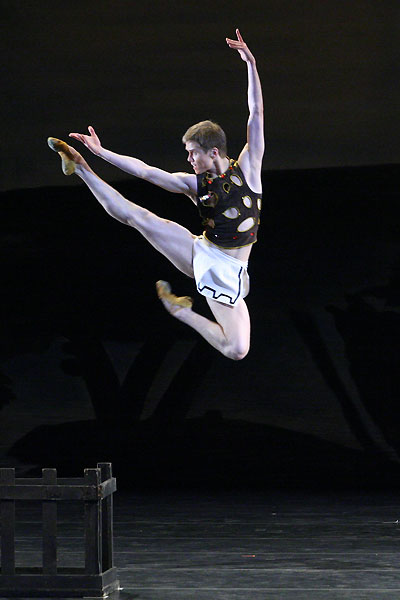
Leonid Sarafanov in The Prodigal Son. Photo Mariinsky Ballet
Now when we are trying, we don't know the result. But if we don't try, we shall never know. Maybe there will be mistakes, but again: one must not be so afraid of making mistakes that one ends up mak-ing nothing. We might make mistakes, but we may also find success. It is so important to try.
I could not agree more. How long in advance do you have to plan seasons?
In certain cases, we plan two or three years ahead. We are planning the next season now, but it is too soon to reveal any details.
In The Little Hump-backed Horse – the opening performance in Helsinki – there seemed to be about seventy dancers on stage.
Thirty-three female and forty male dancers, yes. The company has a little less than two hundred dancers, more exactly one hundred and eighty-eight. It might seem to be too big a company, but we need all the dancers, as we are performing in the Mariinsky Theatre in St Petersburg at the same time as we are guest performing, like here in Helsinki. And the Mariinsky ballet is touring a lot.
Just a few days ago, we came back from a tour to Hong Kong, where we gave six performances of Don Quixote. And during that time half the company was performing in St Petersburg. As you know, the ballet world is a dangerous one. Dancers sometimes get injured, or pregnant. Right now, nine girls in the company are pregnant. Also, many dancers are needed in operas like Ruslan and Lyudmila, Ivan Susanin, Yevgenij Onegin and Queen of Spades – and every year, dancers leave the company. We need a good inflow of talent.
The Vaganova Academy is giving us possibilities to find new dancers for the company. This is an important and nice tradition from the times when the Imperial Theatre School had the same direction as the Imperial Theatre. Then pupils from the school were invited to join the theatre. That tradition is continuing, and every year we get new dancers from the Vaganova Academy.
An average year, how many dancers do you take into the company from the Vaganova Academy? And are you able to take a pupil on "probation" for a year or two?
Two years ago, sixteen young dancers from the Vaganova Academy joined the company, nine girls and seven boys. All of them are still working in the company. The selecting board then made a very good job. If we are not sure about a young dancer, we don't take him or her into the company.
I start looking for future dancers two years before they graduate, because I need to see the pupils growing up. I am also in the jury of the final examination, and then I have seen the development dur-ing the last few years. In October last year I observed the final classes in order to start making an opinion of which dancers I would like to join the company.
In April these classes had their final examinations. Then I could go to the school to make the decisions about next year's new dances.
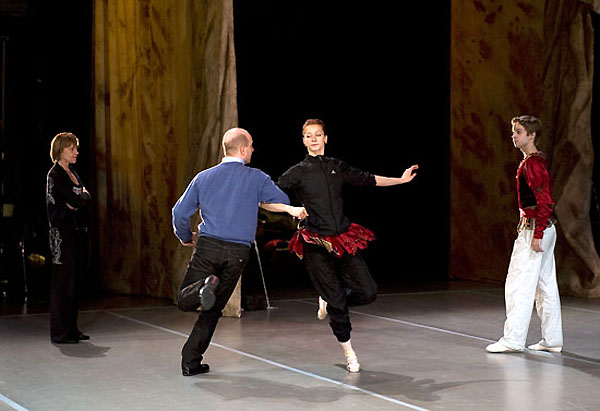
Elena Vorontsova, Yuri Fateyev, Jekaterina Kondaurova and Ilya Petrov. Photographer Cristian Hillbom
I think all generations change – for better and for worse. Some years we have very talented people, some years less so. Last year, we got no male dancers. This year, the boys are very good. I'm hoping to hire seven – and we need boys in the company.
Do you get all your new dancers from the Vaganonva Academy?
Almost. But there is a tradition from Soviet time to also hire dancers from Perm, which has the third big ballet school in Russia. During the Second World War, the Mariinsky theatre and school was, for a time, located to Perm. A ballet company was founded there, with a school of its own, which has close connections to St Petersburg and the Vaganova Academy. So in the Mariinsky Ballet we now have about ten dancers who graduated in Perm. This year we have also engaged a young man from the Royal Ballet in London.
Are all dancers the same height?
No. The younger generation is very tall, especially the girls. It's not a problem, but we do try to find tall boys to partner the tall girls. Kondaurova is tall, Lopatkina is tall, and Teryoshkina is, well, she is not short. And we do want these top dancers to have top partners.
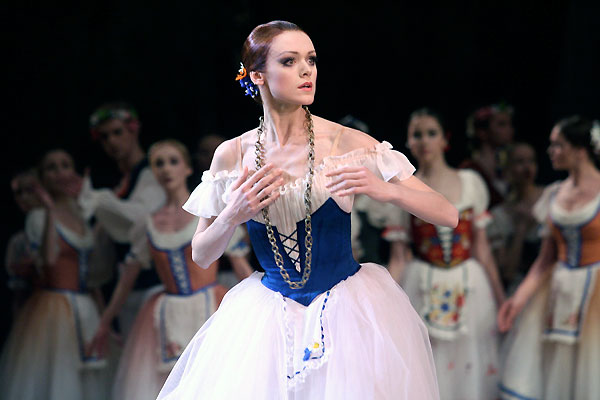
Ulyana Lopatkina in Giselle. Photo Mariinsky Ballet
I år har vi anställt en ung man från Royal Ballet i London.
Have you had many contacts with the international ballet world?
I have worked as a guest ballet teacher in many places, including the Bolshoi Theatre. I have worked with the Royal Ballet in London, the Royal Swedish Ballet, the stars of American Ballet Theatre and in a special project with Ethan Stiefel and Stars for five years. I also worked with the Pacific North-west Ballet in Seattle, where Francia Russell was artistic director from 1977 to 2005, and I have been ballet-master and teacher for Kings of the Dance, the international project started by the impresario Sergey Danilian in America in 2006, for four or six top male dancers in the world.
The ballet world is very small, and I have a feeling that I know everyone in the ballet world. When I worked with the dancers in the Royal Ballet in London, there were so many beautiful dancers there. One young man, Alexander Parish, told me it was his dream to learn the Russian style, so I invited him to join the Mariinsky company. I think that surprised him. He thought about it for a little while, but then he accepted.
He started in January, and since then he has performed a lot: Balanchine's Serenade, the poet in Chopiniana twice, one of Raymonda's friends in Raymonda, and on the 29th of March the very difficult pas de trois for the friends of the Prince in Swan Lake.
I think it's a good experience for us as well as for him. We got one more beautiful dancer, and his dre-am came true. I engaged a professional language teacher for him, so he is trying to learn Russian now. But many of our dancers speak English, so he is already comfortable and has friends in the company.
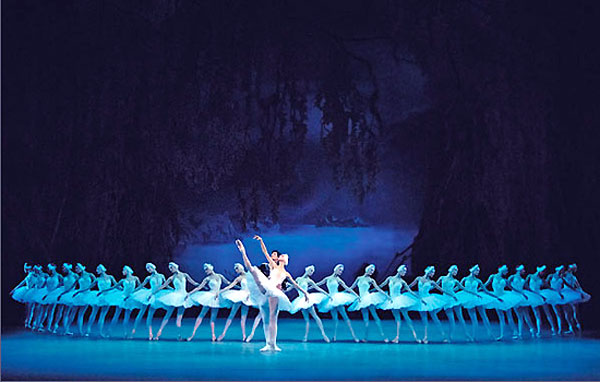
The perfect Mariinsky lines can be admired in Swan Lake. Photo Mariinsky Ballet
aWhat has been the biggest change for the company as compared to the situation, say, twenty years ago?
The dancers make their decisions themselves. They decide to stay in Russia or to go somewhere else in the world and dance. This is, of course, different. Therefore, it's extra important for us in the administration to make good conditions for the dancers. Then I'm not talking about salaries, but condi-tions on the artistic side: to find interesting choreographers, to select beautiful ballets, to acquire a good repertoire of works by international choreographers. If the dancers feel comfortable at home, at the Mariinsky Theatre, if they have good support – then the talented dancers tend to stay. And we see the result: so many fine young dancers decide to stay in the company, because they find the conditions so good.
If they wish to be guest stars in an international company, we give them permission. Some have been, for example, guests with the ABT. And Leonid Sarafanov has been guest star many times in Tokyo and Milan.
I thank Yuri Fateyev for the long and interesting talk. He is very busy and on his way to a rehearsal, which we generously were allowed to attend. (se Cristian Hillbom's photos) For me it was a moment to treasure.
Yuri Fateyev has travelled a long way with the Mariinsky Ballet, through experience and knowledge, to the position as Artistic Director. During our coversation he came through as a relaxed, calm, openhearted and very pleasant person. His English is excellent and he showed great interest in communicating. His views are sound and well thought through and he seems to be very concerned with the well being of his dancers. In other words – excellent conditions for the future of the company.
Our hopes for a guest appearance in Sweden of the Mariinsky Ballet ought to be more than a fruitless dream. Only twelve years ago the Bolshoi Ballet visited Stockholm. Certainly a tour with the Mariinsky Ballet requires long preparations, but could we please have the possibility to see some of the many great dancers in the meantime.?
Peter Bohlin
29 Nov 2010
-
Gustavia – berättelsen om Sveriges okände prins
Nyskriven balett om Gustav Badin och hans uppväxt vid hovet, i koreografi av Pär Isberg och regi av Amir Chamdin. Urpremiär på Kungliga Operan s stora scen den 18 oktober....
-
Yoann Bourgeois tillbaka till Göteborgsoperans Danskompani med ett sant styrkeprov
Efter fyra år är det dags igen för den franske koreografen Yoann Bourgeois att återvända till Göteborgsoperans danskompani. Denna gång för verket We loved each other so m...
-
Spot on Darrion Sellman – dancing the leading role Siegfried in Swan Lake
In August last year Darrion Sellman arrived to Stockholm and joined the company. Darrion says: “It has been a change to come to Stockholm. A vibrant city, small but calme...
-
Kalle Wigle nyutnämnd solist vid Staatsballett i Berlin
Dansportalen gratulerar svenske dansaren Kalle Wigle som nyligen utnämnts till solist vid Staatsballett i Berlin.
-
Succéduo skapar nytt efter segertåg i Sverige och Europa
Intervju Hugo Therkelson och Tobias Ulfvebrand
-
40 år senare: En dansares triumf över tidens utmaningar
Förra sommaren ringde telefonen hemma hos Heléne i Kungsbacka. I lördags den 16 mars gjorde hon comeback på scenen efter nära fyra decenniers frånvaro och dessutom debut ...
-
Fart och kunnande på Pro Dance Galan 2024
Gamla operabyggnaden vid Bulevarden är ett Dansens Hus även om ett nyare Dansens Hus numera finns i Helsingfors, det också i centrum. Båda har sin publik, och båda behövs...
-
Svenske dansaren Kalle Wigle har stora framgångar i Berlin
Kalle Wigle är utbildad vid Kungliga Svenska Balettskolan och vid Royal Ballet School i London. Han fick anställning vid Operan i Stockholm 2016. Från hösten 2023 är han ...
-
Timulak/Portner två olika verk men med flera beröringspunkter
Från och med 9 februari och nästan en månad framåt dansar Kungliga Operan i Stockholm Totality in parts av Lukás Timulak och Bathtub Ballet av Emma Portner . De båda koreo...
-
På jakt efter det fullkomliga: nationens skickligaste dansare och – smultron!
Balettpedagogernas förbund ordnar vartannat år i Finland en nationell balettävling, i år 20-21 januari. Ett råd av balettkonstnärer med bakgrund som meriterade dansare ha...
-
Young Choreographers en föreställning där dansare från Kungliga Operan koreograferar
Tisdagskväll på Kungliga Operan i Stockholm och det är premiär för Young Choreographers. Dansare från ensemblen får chansen att pröva egna idéer och koreografera sina kol...
-
Operans VD Fredrik Lindgren: På sikt vore det fantastiskt att få ett nytt Operahus i Stockholm
Kungliga Operan är en 250-årig kulturinstitution i hjärtat av Stockholm. Över 500 anställda levererar hyllade föreställningar med utsålda hus. Dansportalen har samtalat m...
-
Från Svenska balettskolan i Göteborg till ungerska Statsoperan i Budapest
Det började med 6 år på Svenska balettskolan i Göteborg med start i årskurs fyra för Mattheus Bäckström och Auguste Marmus . Mattheus gick ut 2017 och hade då blivit antag...
-
Joseph Sturdys verk Lucid Episode inleder nyårsgalan på Kungliga Operan
Vi befinner oss på Kungliga Operan. Det pågår repetition med två dansare som är med i Joseph Sturdy s verk Lucid Episode som inleder själva nyårsgalan den 31 december.
-
Göteborgsoperan sjunger in julen med En Julsaga
Göteborgsoperan avslutar december månad med nypremiär på musikalversionen av Dickens En julsaga . Föreställningen är breddad med humor och medmänsklighet. Adams julsång bl...
-
Nötknäpparen, nypremiär på Kungliga Operan i Stockholm efter fyra års uppehåll
Det är nypremiär av Pär Isbergs Nötknäpparen på Kungliga Operan i Stockholm. I salongen sprids julstämningen och publiken får vara med om en dansant och virvlande berätte...
-
Giovanni Bucchieri – en konstnärlig kameleont
Det är premiär för filmen 100 ÅRSTIDER . Upphovsmannen har gått från dansare till multikonstnär. Möt regissören Giovanni Bucchieri i en personlig intervju med Dansportalen...
-
”Mycket talar för att vi inte kommer att kunna vara kvar där vi är nu,” säger Hans Lindholm Öjmyr, ny chef för Dansmuseet
Hans Lindholm Öjmyr är filosofie doktor i konstvetenskap och har skrivit en avhandling om scenografi på 1800-talet vid Kungliga Teatern/Operan. Hans har tidigare varit av...
-
In a heartbeat, ny världspremiär på Göteborgsoperan
In a heartbeat bekrivs som ett pulserande dansbubbel och på Göteborgsoperan är det nu världspremiär allhelgonaafton på stora scenen för Hofesh Shechter s verk Wild poetry ...
-
Le Corsaire, svensk premiär på Kungliga Operan med virtuos dans och teknisk skicklighet
När Kungliga Operan för första gången ger Le Corsaire bjuds det på en dansfest. Verket som hade sin urpremiär på Parisoperan 1856 kommer till liv och publiken får möjligh...
-
New talents join the Royal Swedish Ballet
Eleven young dancers join the Royal Swedish Ballet company this season. We are thrilled to see them on stage! On October 27, this season's grand premiere of Le Corsaire w...
-
Där låg onekligen ett skimmer över Gustavs dagar
I Livrustkammarens visas den största satsningen på flera år på en tillfällig utställning i samarbete med Kungliga Operan – öppnas 20 oktober, Teaterkungen: Prakten, makte...
-
Attityder som uppskattades
I Drottningholmsteaterns déjeunersalong gavs i september in innehållsrik, högklassig presentation av ett forskningsprojekt som genomförs på Kungliga Musikhögskolan och fi...
-
Spot-on Kentaro Mitsumori, dancer with the Royal Swedish Ballet
Kentaro Mitsumori has been a member of the Royal Swedish Ballet since 2017. We have seen him in many roles, in Swan Lake, Cinderella, Don Quijote, The theme and variation...
-
Kalle Wigle-Andersson får stipendium från Jubelfonden
Kalle Wigle-Andersson: Jag är utbildad och diplomerad vid Royal Ballet Upper School, London 2016. Innan dess gick jag på Kungliga Svenska Balettskolan 2006-2014. Sedan mi...
-
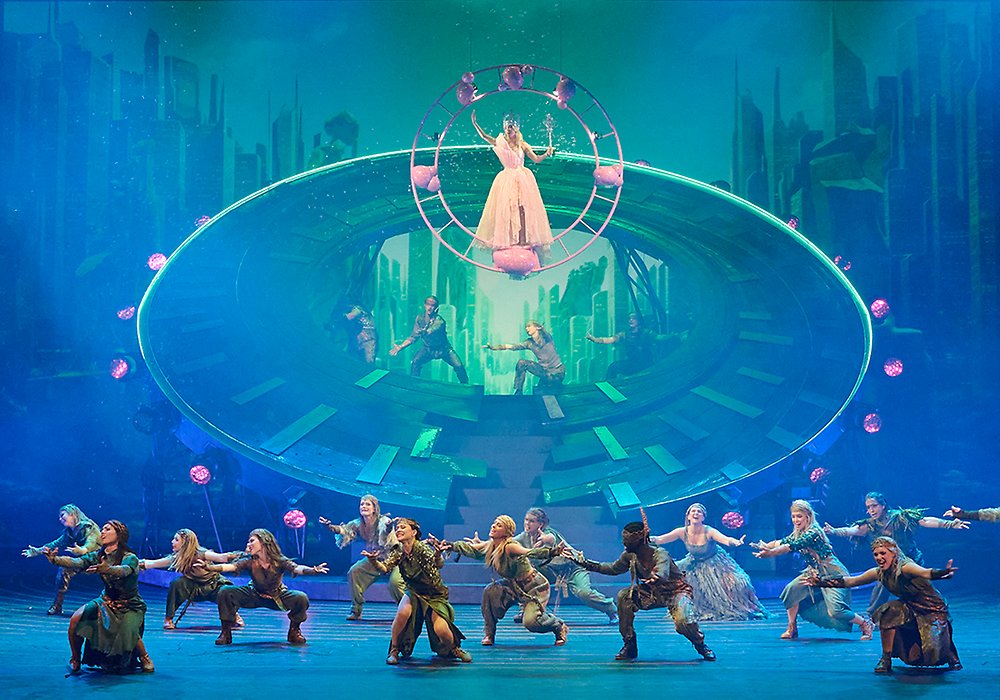
Wicked, musikalen om häxorna i Oz
Göteborgsoperan inleder sin höstsäsong med den mytomspunna succémusikalen Wicked. Exakt tjugo år efter Broadwaypremiären 2003, sätts den nu upp för första gången i Sverige.
-
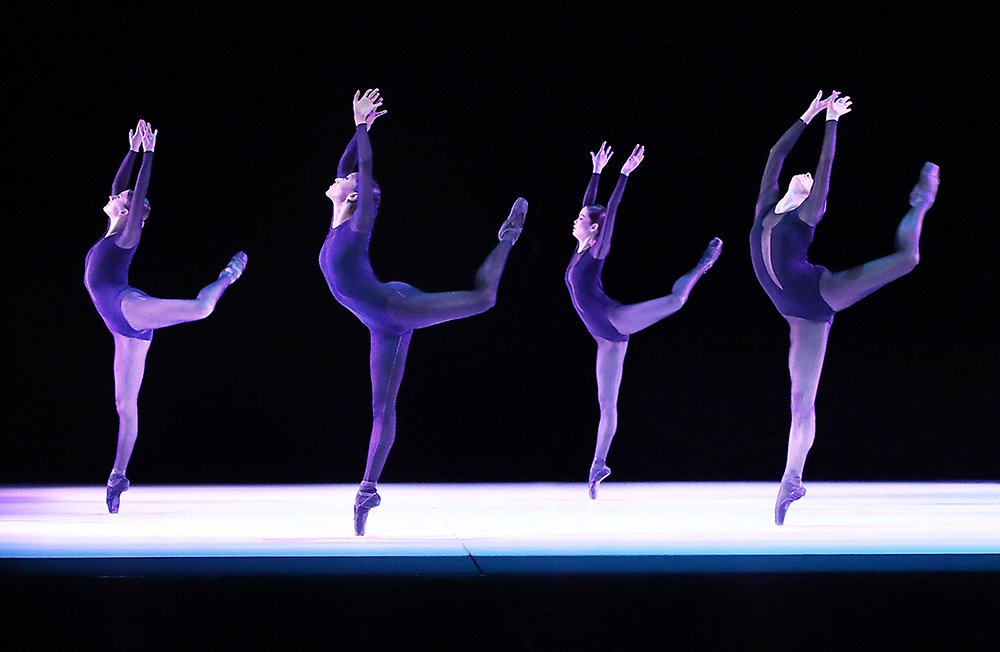
Balettgalan i Villmanstrand är sensommarens succéevenemang
Balettgalan i Villmanstrand vid Finlands östra gräns gavs i år för 12:e gången och var igen en succé med både nationella och internationella dansare. Galans grundare och eldsjäl Juhani Teräsvuori hade...
-
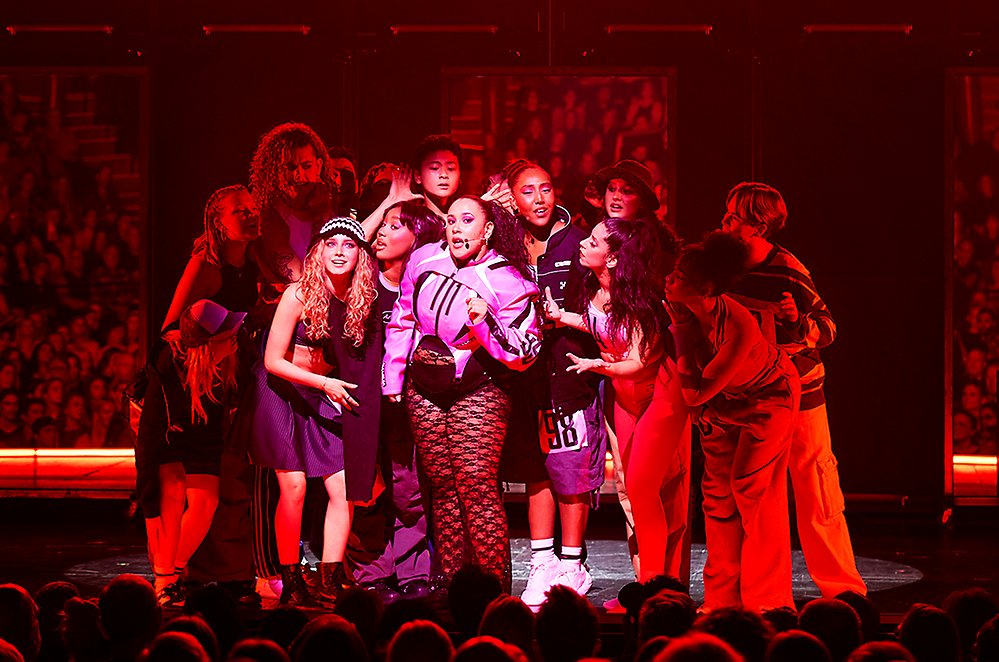
Möte med Fredrik Benke Rydman om ”The One”
Det är mannen från dansgruppen Bounce, koreograf till egna versioner av Svansjön och Snövit bland mycket annat. Jag träffar Fredrik Benke Rydman på en liten thaikrog mellan repetitionspassen.
-
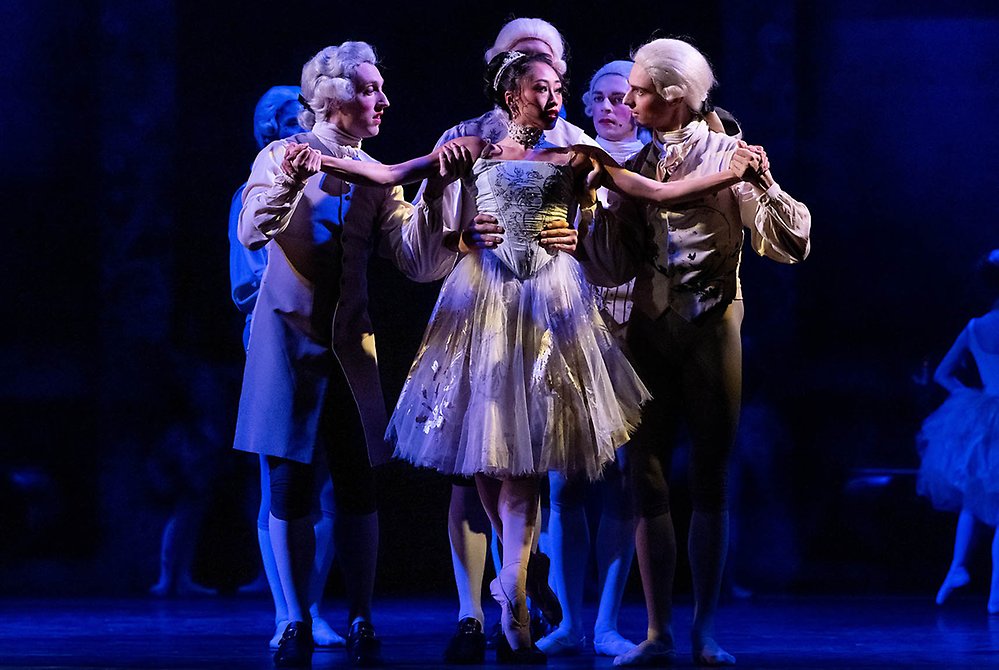
“A new look at it” – Lady MacMillan about Manon with the Royal Swedish Ballet
As part of the 250-year jubilee program of the Royal Swedish Opera and as a tribute to the long-lasting cooperation between the Royal Swedish Ballet and world-renowned English choreographer Sir Kennet...
-
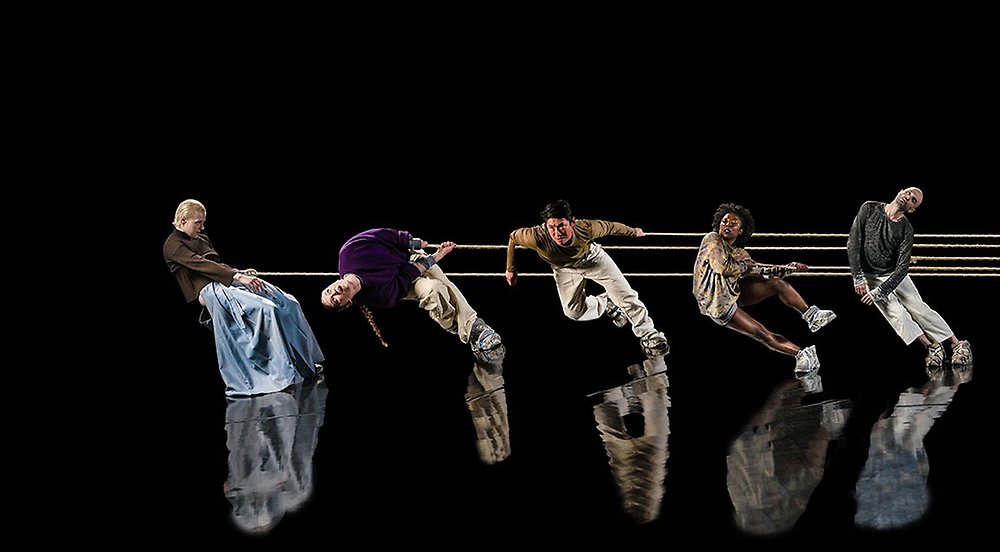
Urpremiär av episkt dansverk på Norrlandsoperan
Den 1 september bjuder Norrlandsoperan på säsongsuppstart för dans med urpremiär av den episka föreställningen Remachine signerad koreografen Jefta van Dinther . Ljus, ljud, röst, koreografi och scenog...
-
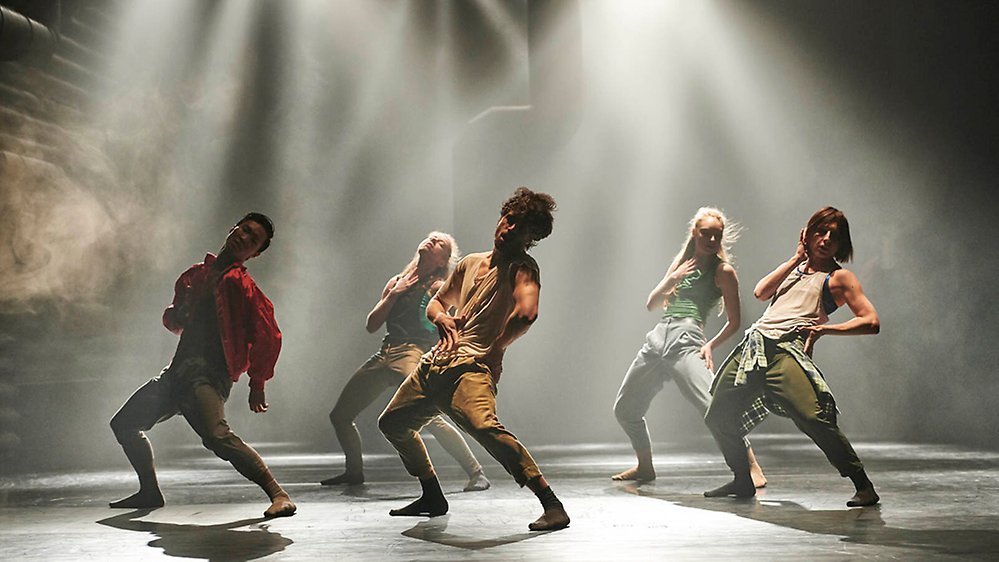
Contemporary dance av Hofesh Shechter på GöteborgsOperan
Danskväll med intensiv klubbfeeling, smittande glädje och en upplevelse som börjar redan utanför operahuset.
-
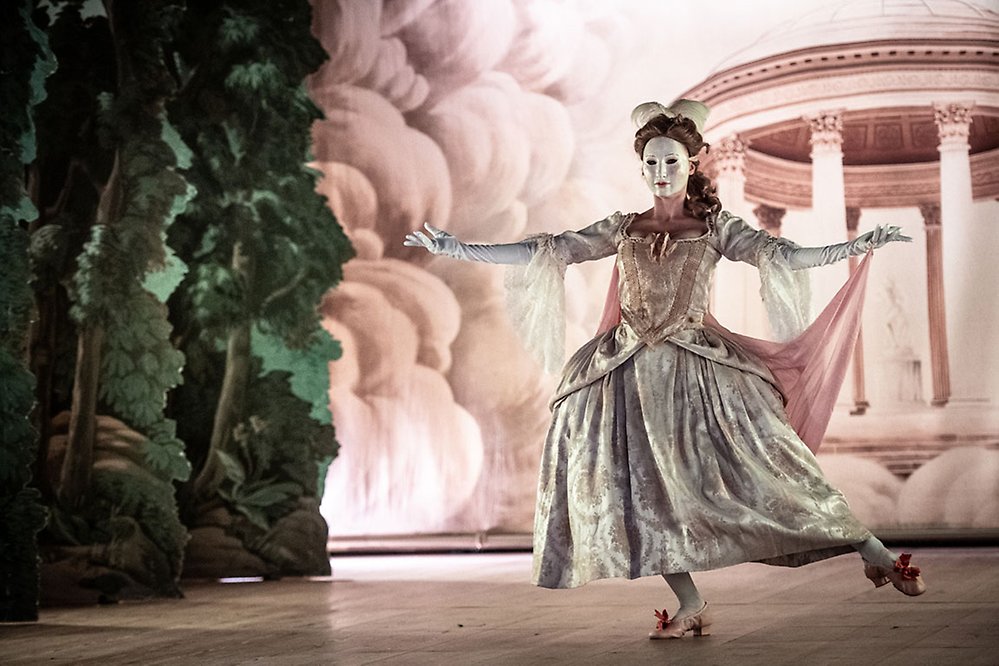
Julia Bengtsson – internationell barockdansös från Sverige
Höjdpunkten under årets förnämliga Opera- och musikfestival på Confidencen var iscensättningen av Jean-Philippe Rameaus opera Dardanus . I en annan föreställning, A Baroque Catwalk , gjorde Julia Bengts...
-
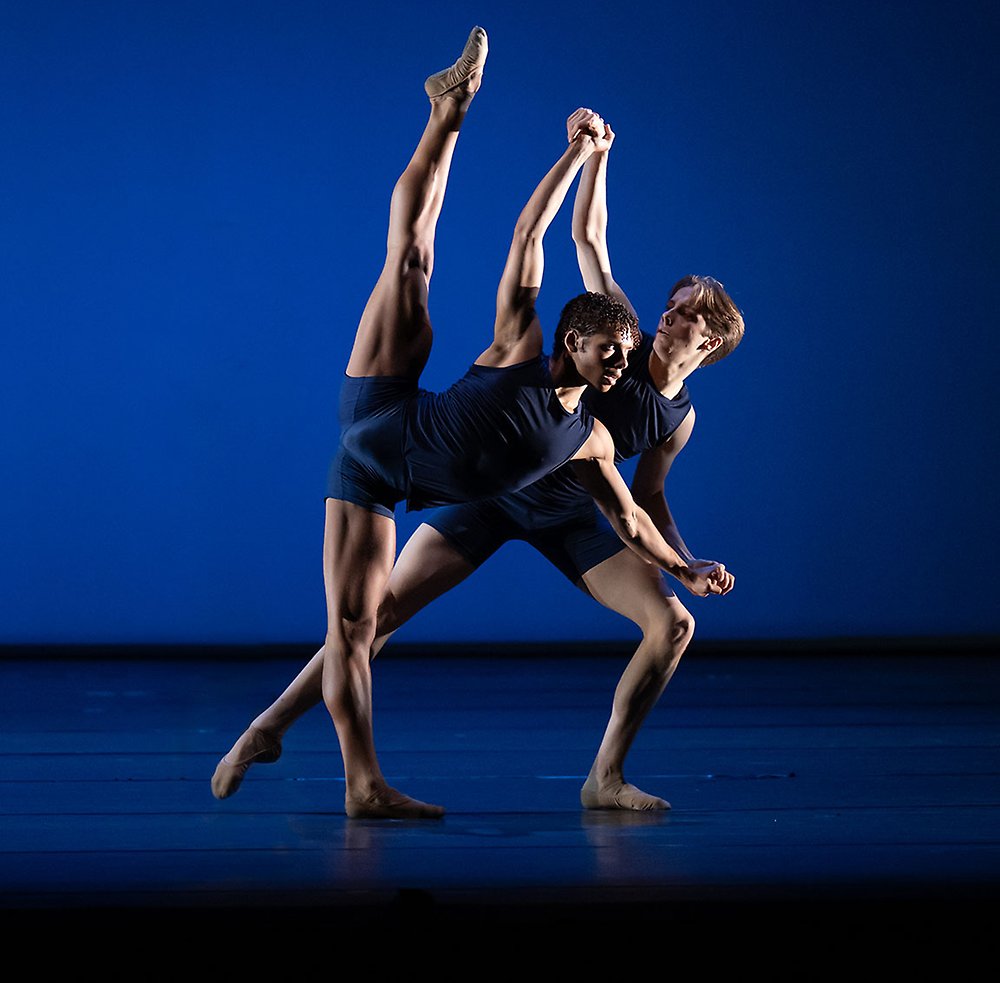
The Royal Ballet School Delights
Written on the faces of the dancers as they spin and leap in the ecstatic final moments of the Grand Défilé , is the smile that says, ‘I did it’. It’s what I look forward to year after year and it neve...
-
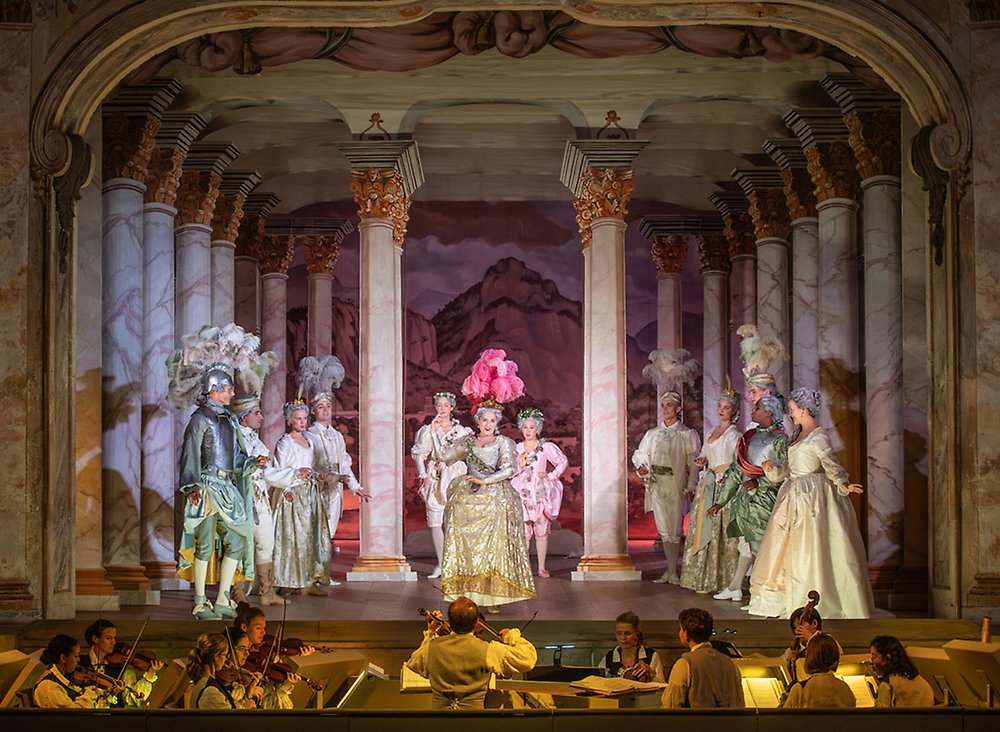
Ett barockt spectacle på Confidencen
Confidencen Opera & Music Festival inleds den 27 juli med Jean-Philippe Rameaus mästerverk Dardanus, som genom ett gediget arbete får sin nordiska premiär på Sveriges äldsta rokokoteater – 284 år efte...
-
Möt Vivian Assal Koohnavard dansare vid Staatsballett Berlin och aktivist
I Berlin träffade jag och arbetade med Vivian Assal Koohnavard. Vivian fick sin dansarutbildning i Sverige och Tyskland. Hon har varit anställd vid Berlin Staatsballett sedan 2018. Där deltar hon i de...
-
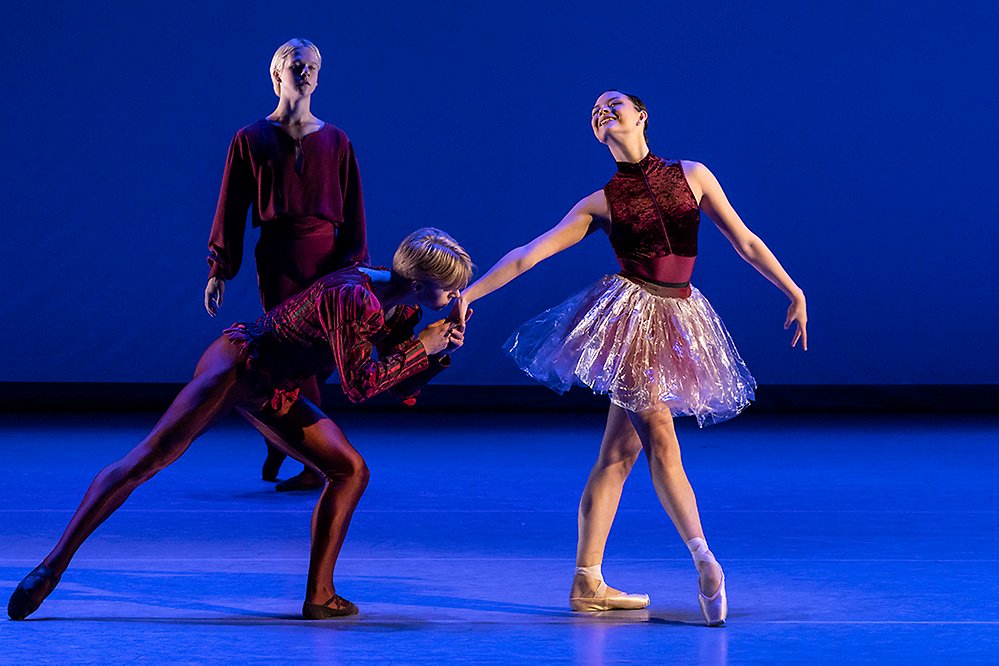
Peter Bohlin om Kungliga Svenska Balettskolans uppvisningsföreställningar
Skolårets sista föreställningar på KSB var uppdelade i fyra program. Några koreografier var storartade, andra inte. Här, mot slutet, ett försök att resonera om anledningar till detta.
-
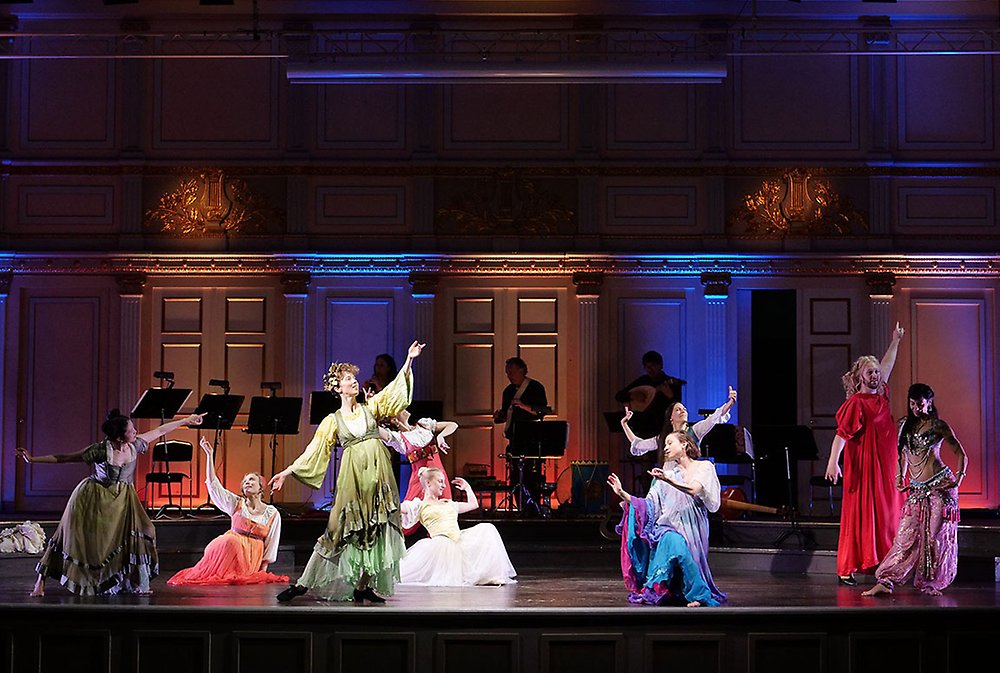
Dans i Stockholm Early Music Festival
I 2023 års version av Stockholm Early Music Festival , den tjugoandra i ordningen, ingick två dansföreställningar. I fablernas värld , en kort musikalisk och dansant barockföreställning med Folke Danste...
-
.jpg)
Suite en Blanc av Estoniabaletten med fina danssolister
Jag hade möjligheten att två gånger se en ny balettafton med två verk. Black/White innehöll “Open Door ” av polskan Katarzyna Kozielska och Serge Lifars kända och genuina Suite en Blanc . Den sistnämnda...
-
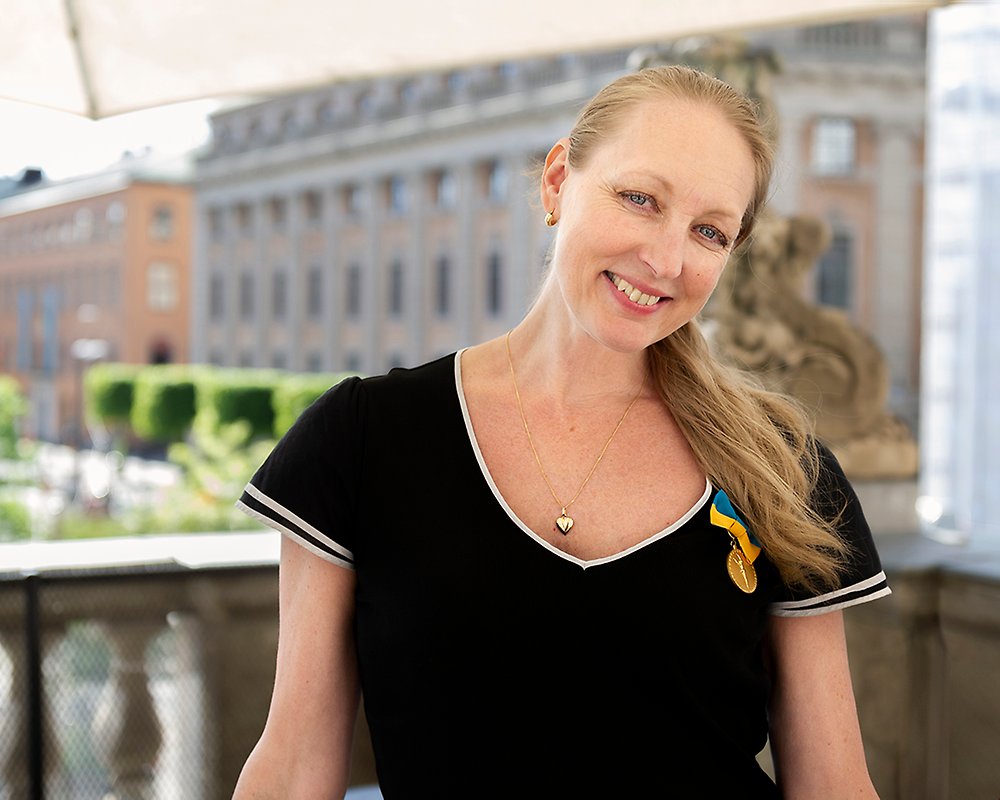
Marie Larsson Sturdy Carina Ari Medaljör 2023
På Carina Ari-dagen 30 maj tilldelades Marie Larsson Sturdy Carina Ari-medaljen för hennes mångåriga och engagerade insatser inom Dans i Nord – en vital verksamhet som under mer än 20 år har främjat m...
-
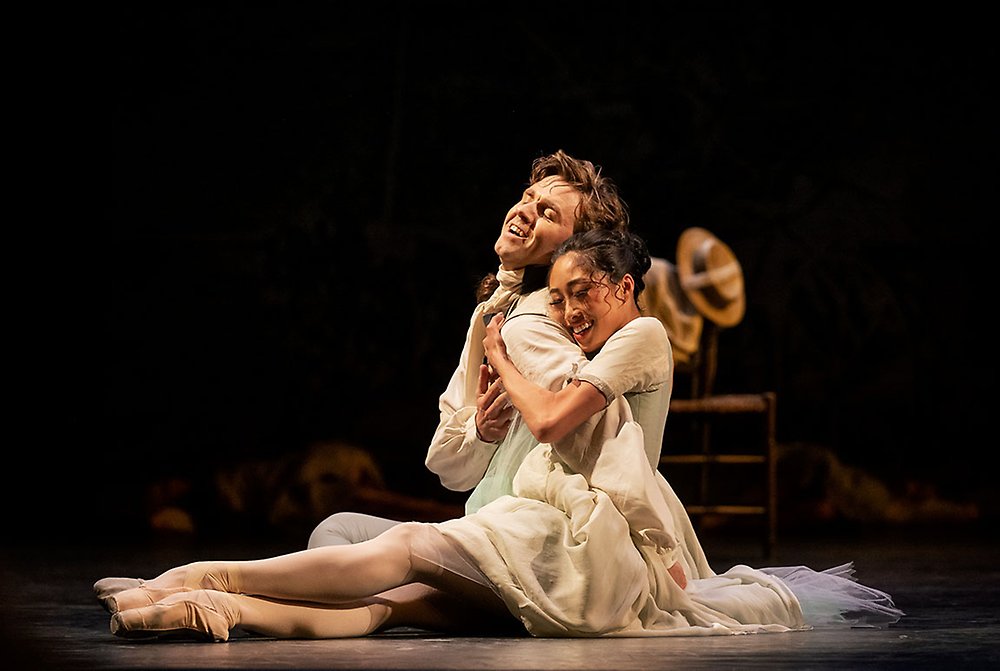
Manon: An evening to treasure
Kenneth MacMillan’s Manon created in 1974, continues to weave its magic providing a slew of dramatic roles against a volatile and violent backdrop. The Royal Swedish Ballet first presented the ballet ...
-
Instudering av Mats Eks ”En slags” med Staatsballett Berlin
I april 2022 reser Koreografen Mats Ek och jag till Berlin för att hålla audition med dansarna vid Staatsballett Berlin på Deutsche Oper. Vi ska välja dansare till verket ”En slags” av Mats Ek. Premiä...
-
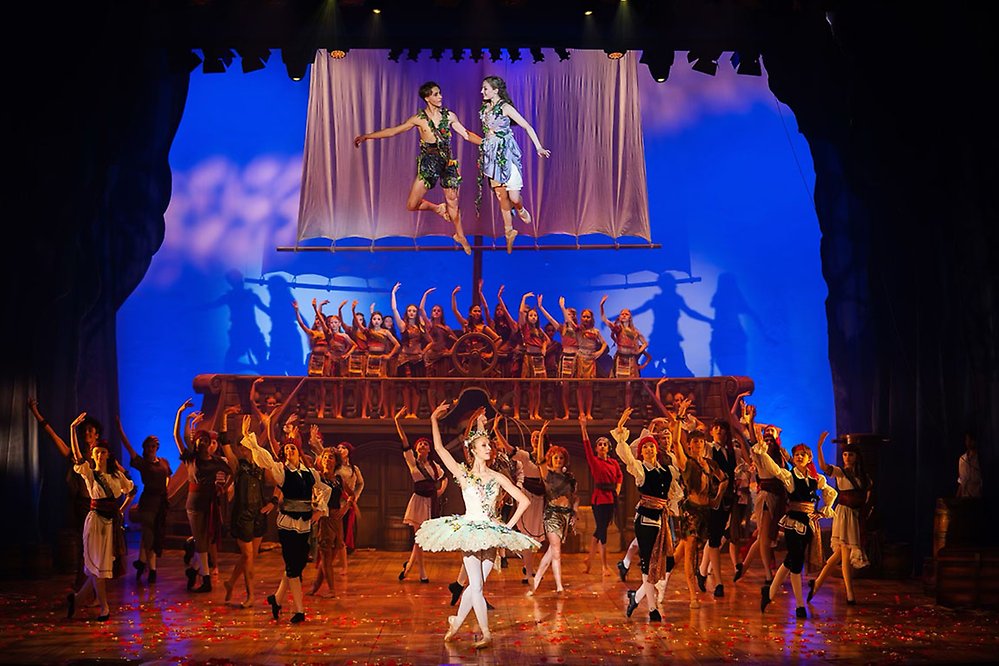
Marianne Mörck berättar sagan om Peter Pan med Svenska Balettskolan
Till vårens uppsättning av Peter Pan och Wendy på Lorensbergsteatern är en av gästartisterna ingen mindre än Marianne Mörck . Efter första repetitionen tillsammans med baletteleverna på svenska baletts...
-
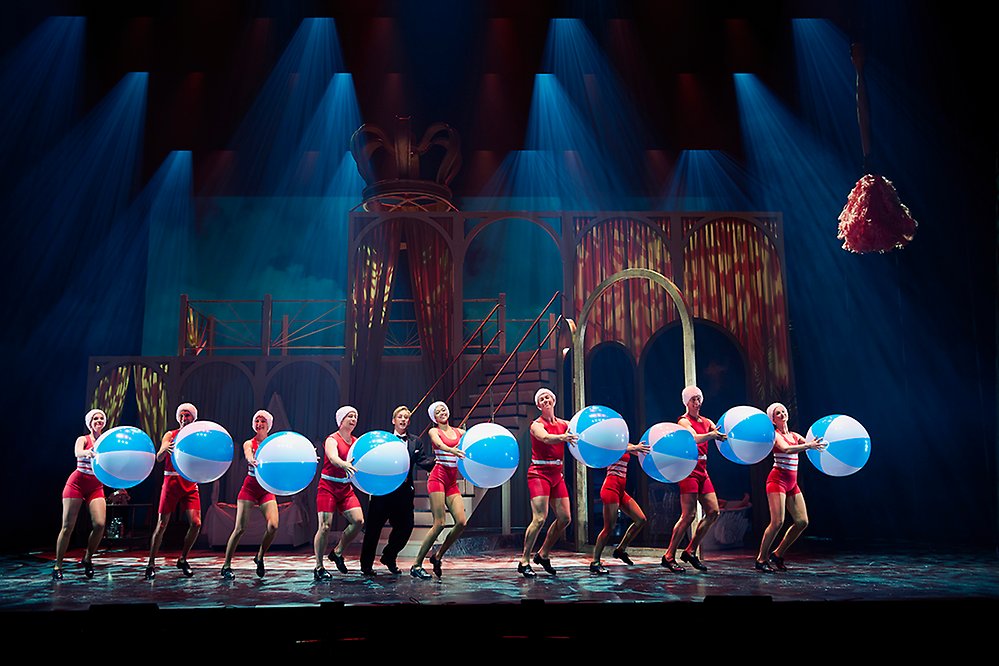
Det var en gång på Grand Hôtel, musikalen som återupptäckts
Göteborgsoperan avslutar sin vårsäsong med premiär den 22 april på Paul Abrahams musikal Det var en gång på Grand Hôtel. Musikalen som legat gömd fram till 2017. En föreställning fylld av dans och mus...
-
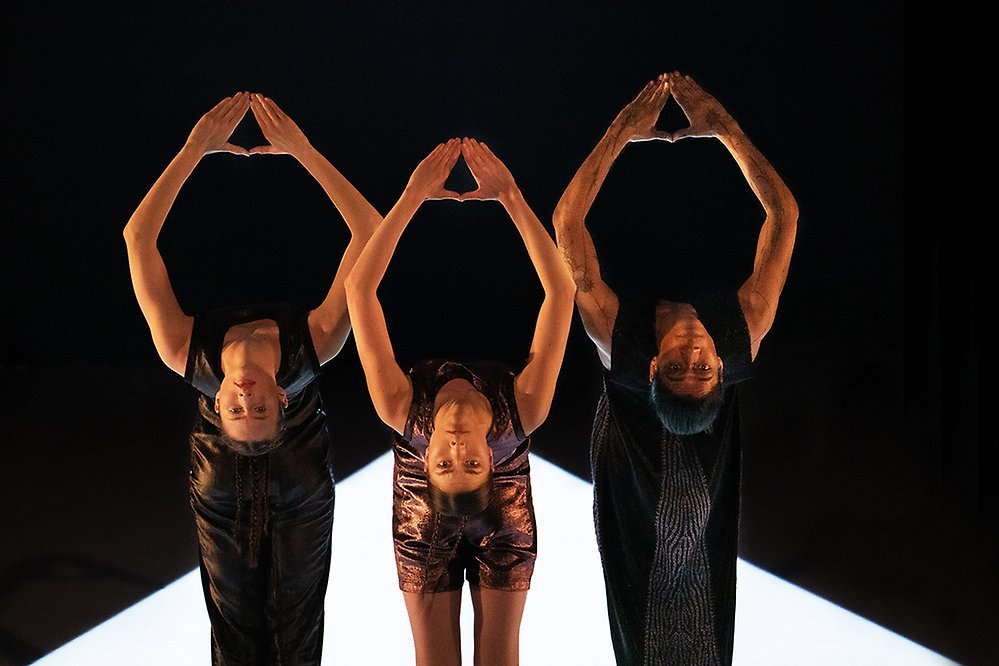
Virpi Pahkinen: "Precision möter osäkerhet, matematik möter mystik"
Change – den nya dansföreställningen av och med Virpi Pahkinen – är uppbyggd enligt principen 5 + 5 + 5, dvs koreografi/ljus/musik. Strax före fredagskvällens premiär på Kulturhuset Stadsteatern fick ...
-
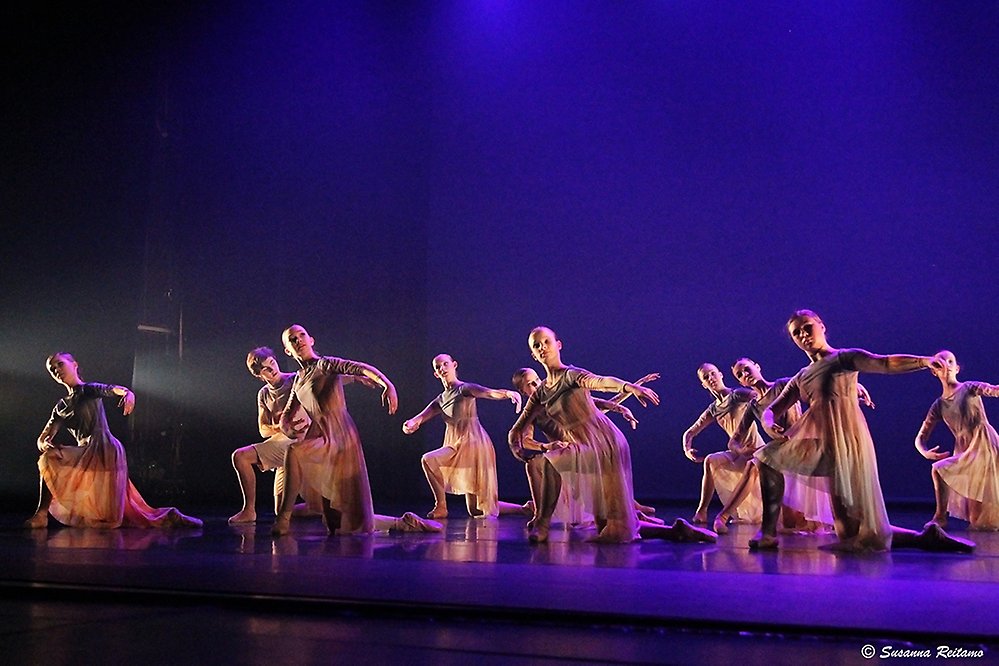
För dansens skull dansas Pro Dance galan
Den anrika Aleksandersteatern fylldes åter av dansfolket som ville stödja dansen och dess utövare via föreningen Pro Dance med att köpa biljetter till den årliga galaföreställningen. Artisterna uppträ...
-
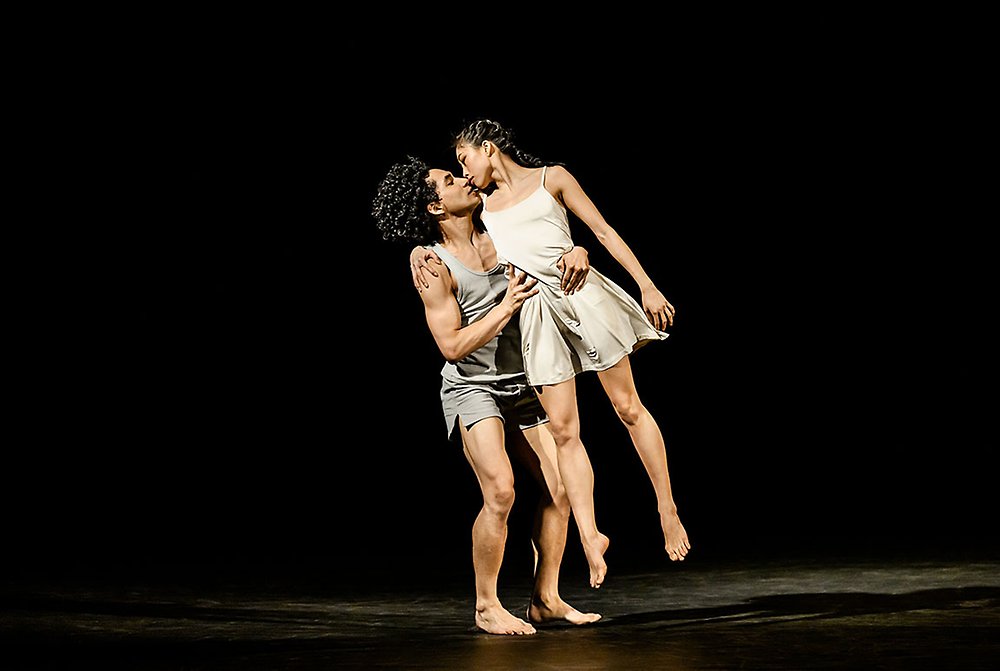
Anthony Lomuljo – om hur det är att igen dansa Romeo – 10 år senare
10 år har gått sedan urpremiären av Mats Eks Julia & Romeo på Kungliga Operan i Stockholm. Då liksom nu dansar Anthony Lomuljo rollen som Romeo. När Dansportalen några dagar innan premiären träffar An...
-
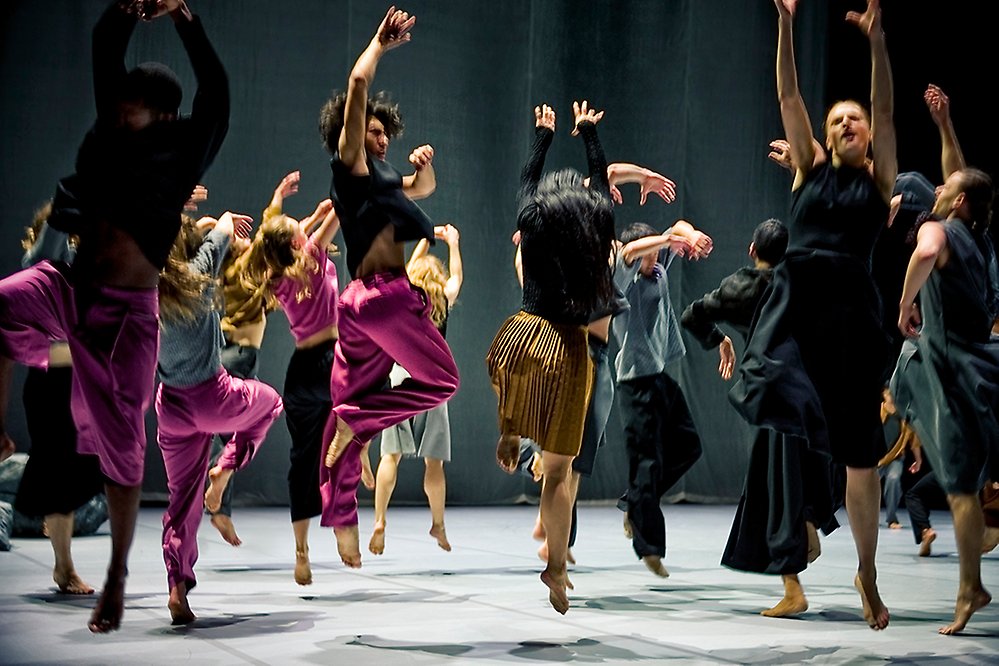
Hur bygger vi upp oss själva igen när allt är förstört–Johan Inger om Dust and Disquiet på Göteborgsoperan
Danskvällen Touched visar två världspremiärer på Göteborgsoperan, Dust and Disquiet av Johan Inger och To Kingdom Come av det nederländska syskonparet Imre och Marne Van Opstal . Naturkatastrofer runt ...
-
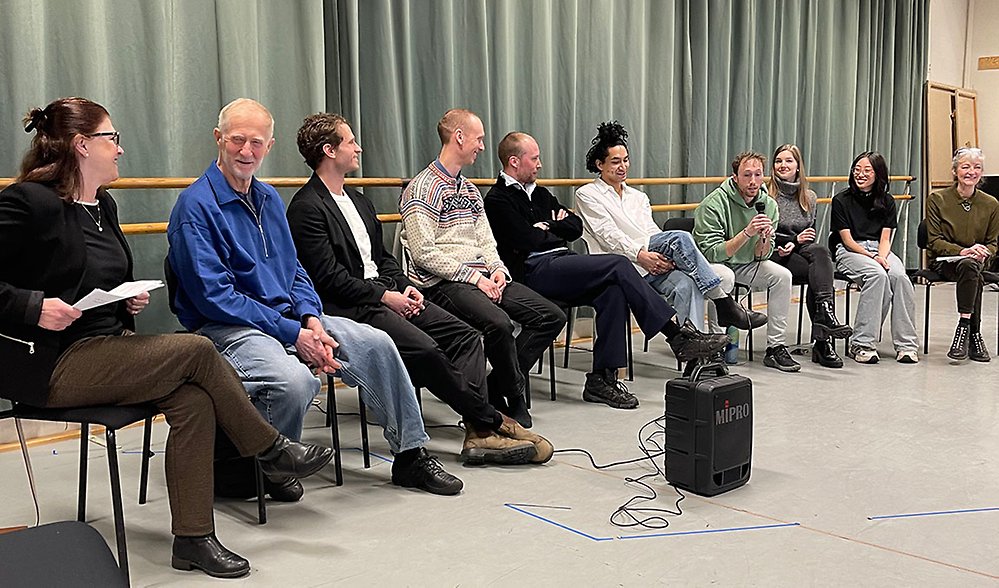
Mats Ek om Mats Eks Julia & Romeo
Operans Balettklubb gästades lördag 25 mars av koreografen Mats Ek och dansare inför nypremiären av ”Julia & Romeo” på Kungliga Operan. Verket uppfördes på teatern för första gången 2013. Det har ocks...
-
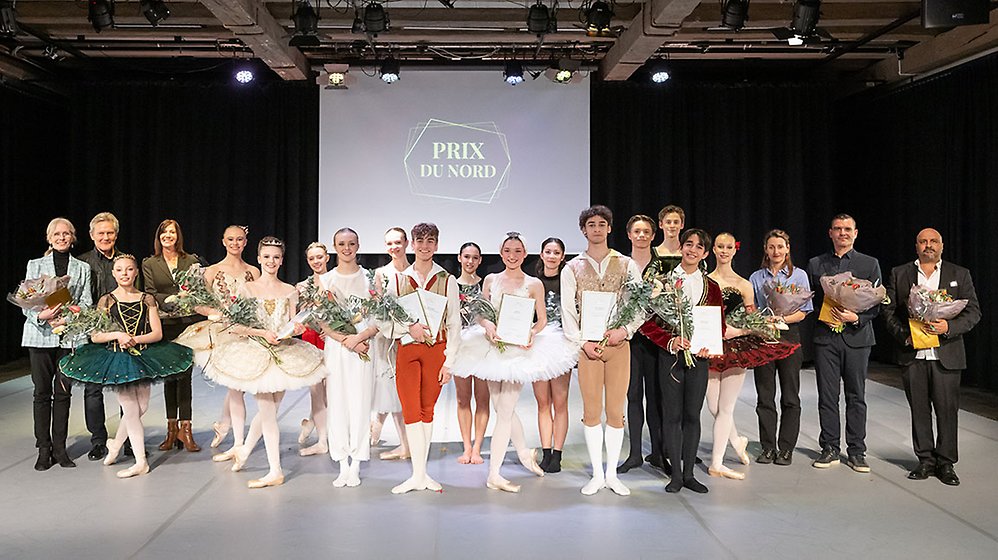
Nordens största danstävling lockade 44 dansare
Äntligen! Det är vad de flesta kände när tävlingen Prix du Nord genomfördes på Kronhuset i Göteborg.
-
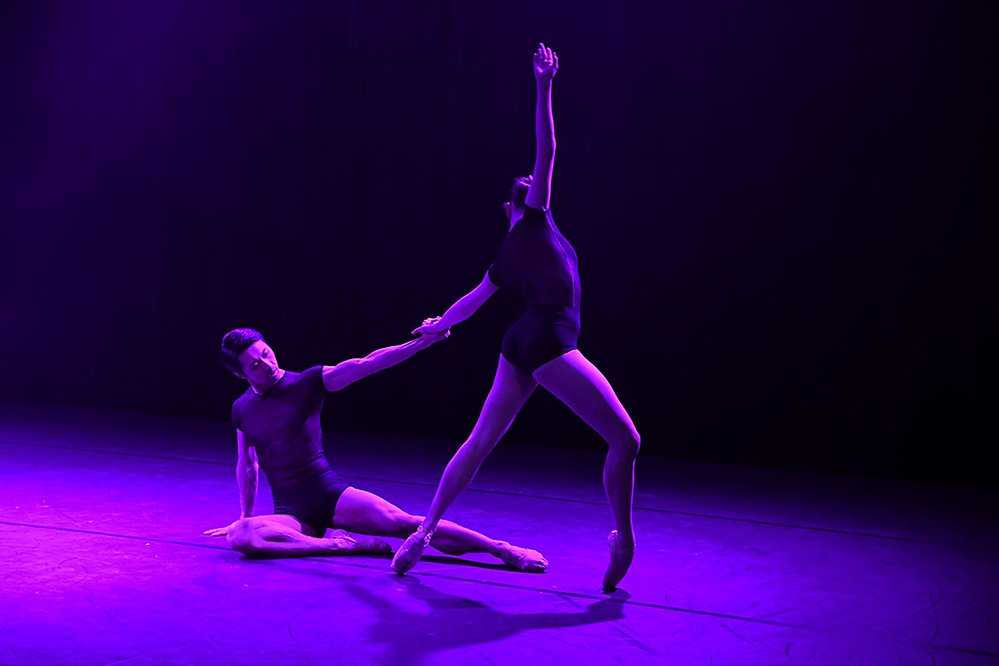
Young choreographers en bra plattform för nya idéer
En alldeles särskild glädje med workshopartade föreställningar är att man får se dansarna på riktigt nära håll. Så var fallet på Operans Rotunda 16 och 18 mars, i ett program med sju koreografer och 3...
-
%20Agathe%20Poupeney%20OnP%20-BONP-D%C3%A9fil%C3%A9.jpg)
Gala till minne av den lysande dansaren Patrick Dupond
Under februari var det tre utsålda galor på Palais Garnier i Paris, till minne av dansaren och balettchefen Patrick Dupond . För programmet på galan, se nedan!
-
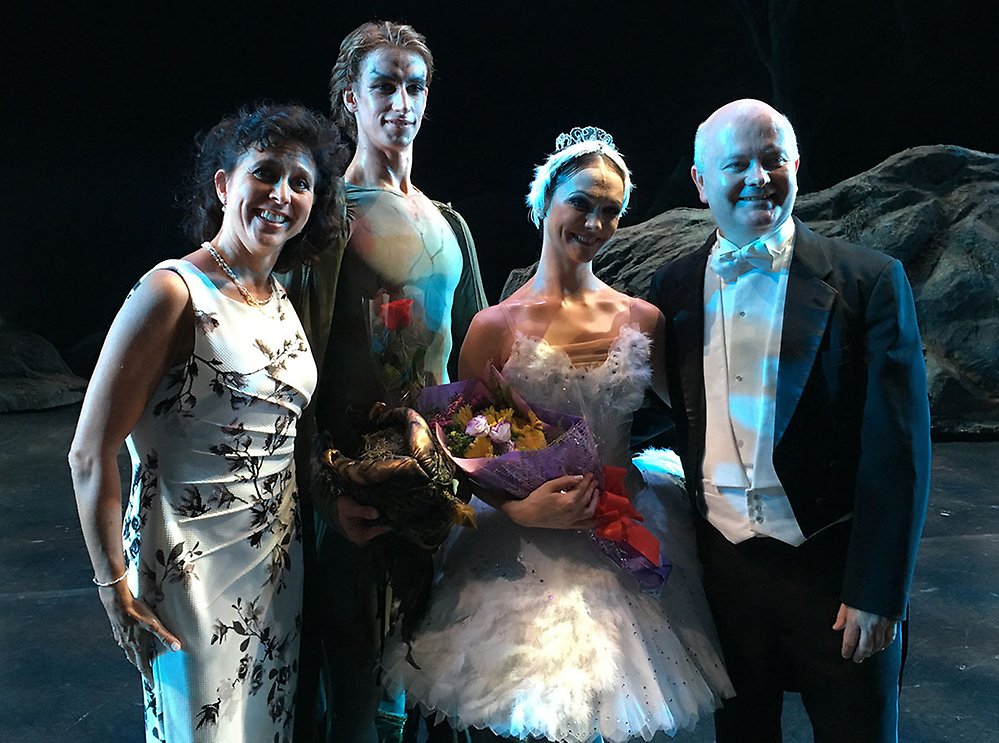
Madeleine Onne: Man får slåss för sin konstart
Madeleine Onne har varit balettchef i Stockholm, Hongkong och Helsingfors. Dansportalen har pratat med Madeleine om bland annat tiden i Hongkong, Helsingfors och om Stockholm 59°North. Men på vår förs...
-
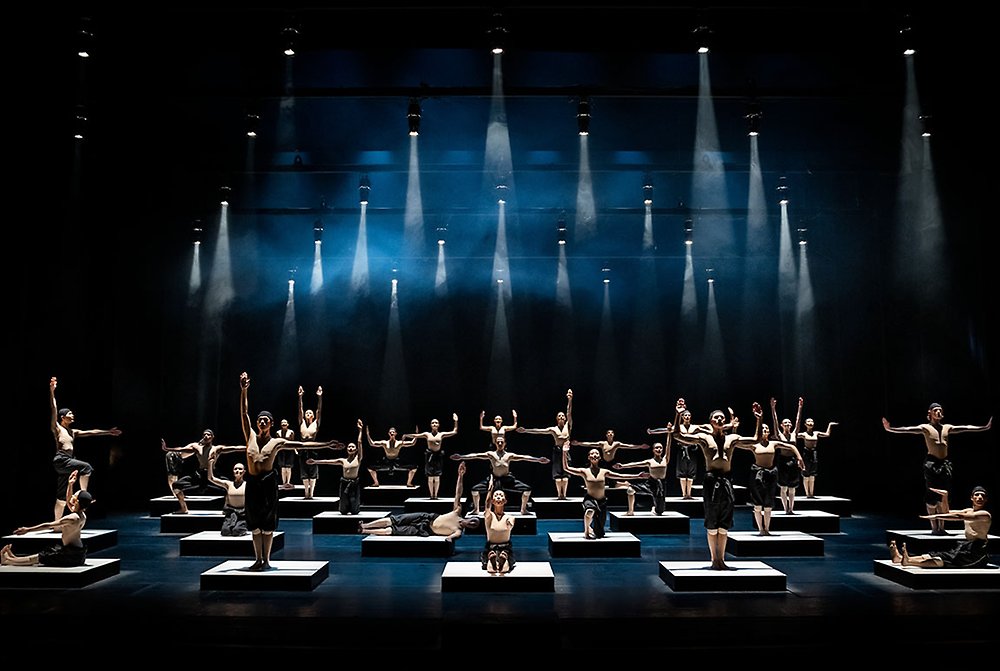
Triple Bill at the Ballet. What's not to Like?
The feel-good factor was in abundance at the Royal Opera House in Stockholm with a triple bill to send the audience home with a smile.
-
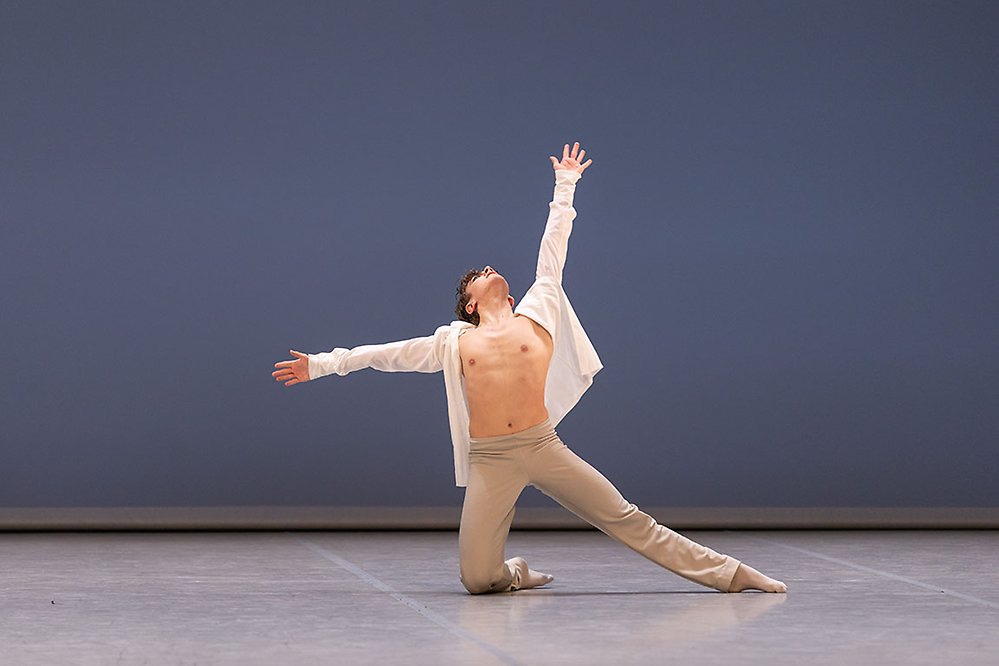
Elever från Kungliga Svenska balettskolan tävlade i årets Prix de Lausanne
Sveriges kandidater i Prix de Lausanne kommer båda två ifrån Kungliga Svenska balettskolan. Theodor Bimer och Alexander Mockrish. Tävlingen firar 50 årsjubileum lite sent då pandemin stoppat ett flert...
-
.jpg)
12 songs + Ane Brun och Kenneth Kvarnström på Göteborgsoperan
Första helgen i februari är det premiär för 12 songs + på Göteborgsoperan. Ett scenkonstverk skapat genom samarbete mellan 18 dansare och en av Nordens främsta koreografer, Kenneth Kvarnström, i något...
Notiser
- Den andra halvan av drömmen – måndag 29 april kl. 19.00
- Nu finns en danskalender på Dansportalen
- Nytt regionalt center för dans byggs i Mölndal
- Kungliga Operan stänger i fem år från juli 2026
- Premiärdansaren Frans Valkama har tilldelats Edvard Fazer pris av Suomen Kulttuurirahasto (The Finnish Cultural Foundation)
- Kulturnatt Stockholm
FÖLJ OSS PÅ
-
Kreativ lyskraft hos GöteborgsOperans Danskompani
GöteborgsOperans danssäsong 2024/2025 blir en virtuos upplevelse med kreativ briljans. Strålkastarljuset riktas mot starka kvinnliga röster och det blir både raffinerade ...
-
Dansarna berör på djupet med sin dansade kyss
Sommaren 2022 turnerade Don't, Kiss .Skånes utomhus i Skåne och Köpenhamn. 23 mars 2024 får föreställningen nypremiär på Skånes Dansteater, denna gång som inomhusverk med...
-
Yoann Bourgeois tillbaka till Göteborgsoperans Danskompani med ett sant styrkeprov
Efter fyra år är det dags igen för den franske koreografen Yoann Bourgeois att återvända till Göteborgsoperans danskompani. Denna gång för verket We loved each other so m...
-
Spot on Darrion Sellman – dancing the leading role Siegfried in Swan Lake
In August last year Darrion Sellman arrived to Stockholm and joined the company. Darrion says: “It has been a change to come to Stockholm. A vibrant city, small but calme...
-
Kalle Wigle nyutnämnd solist vid Staatsballett i Berlin
Dansportalen gratulerar svenske dansaren Kalle Wigle som nyligen utnämnts till solist vid Staatsballett i Berlin.
-
Succéduo skapar nytt efter segertåg i Sverige och Europa
Intervju Hugo Therkelson och Tobias Ulfvebrand
ANNONS
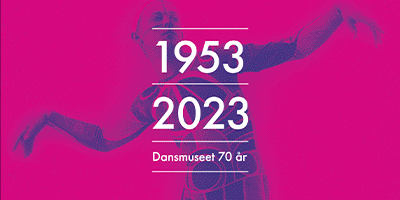
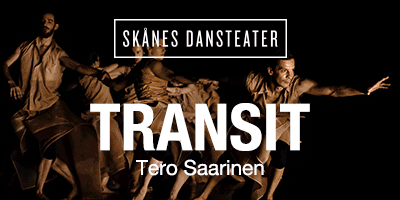
Ur Dansportalens arkiv
-
Nurejevs Svansjön på Stockholmsoperan – en version aldrig tidigare spelad i Sverige
Inför Kungliga Balettens premiär på Svansjön i koreografi av Rudolf Nurejev gästades Operans Balettklubb av iscensättaren Charles Jude och dansaren Calum Lowden.Charles J...
ANNONS
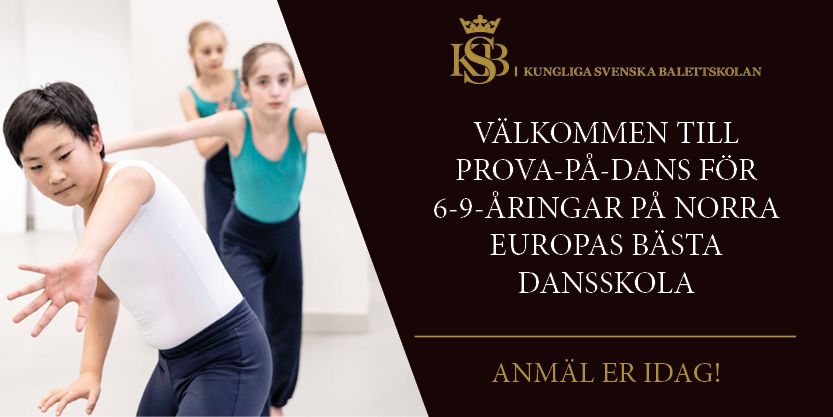
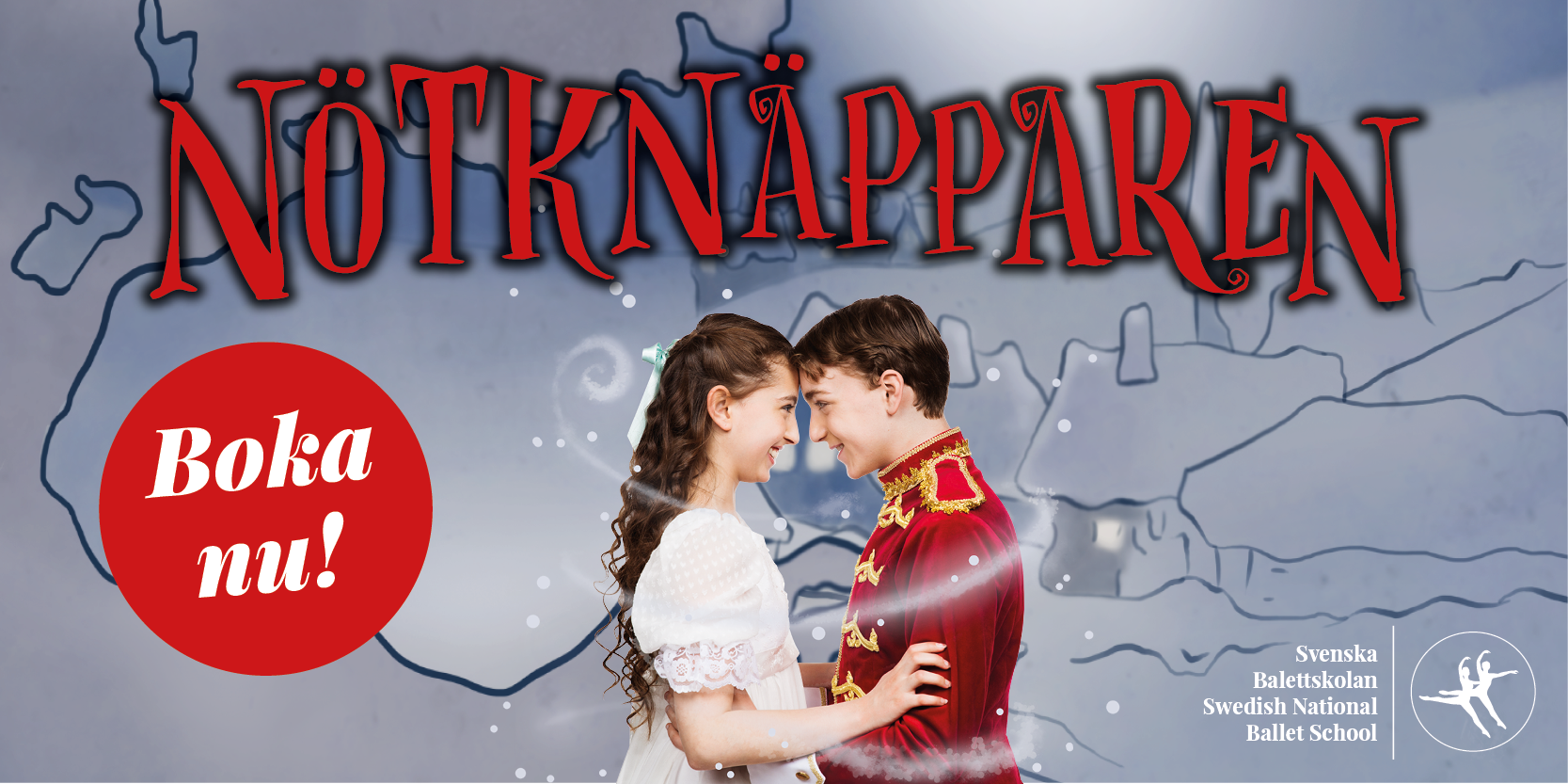
-
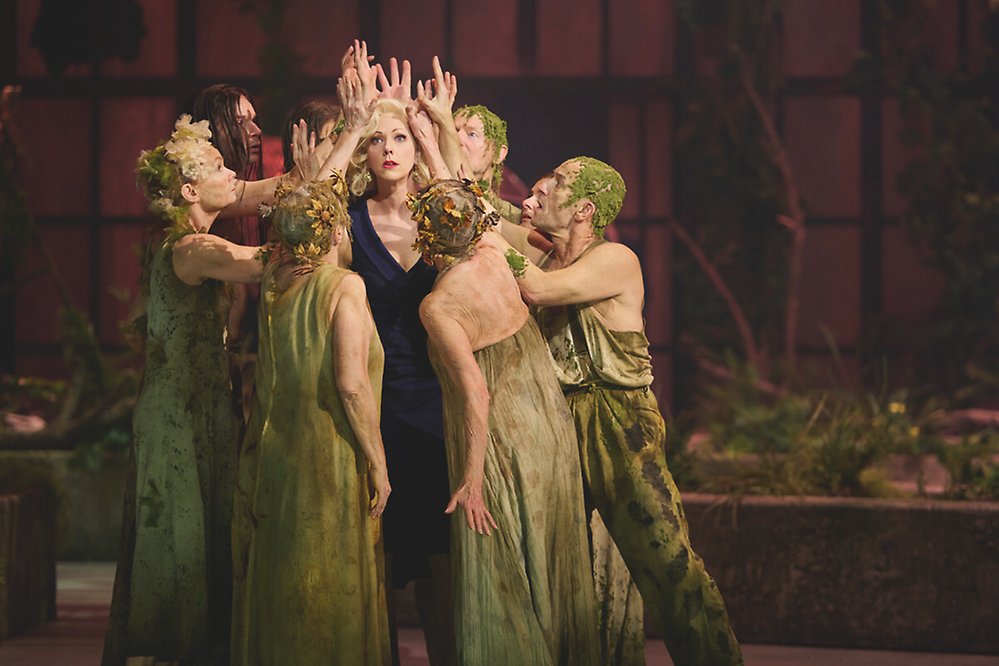
40 år senare: En dansares triumf över tidens utmaningar
-
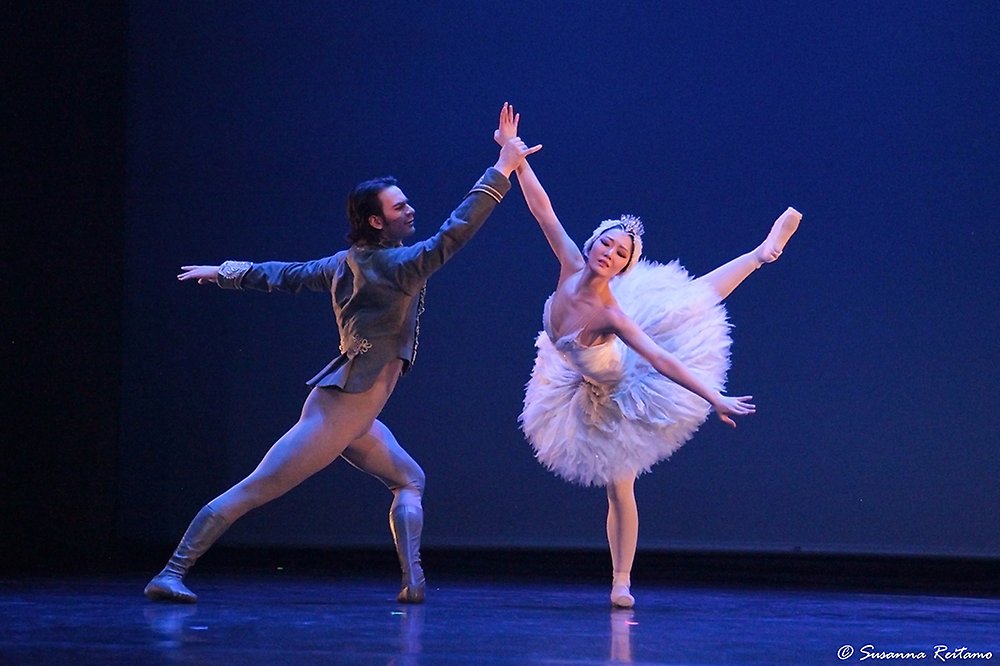
Fart och kunnande på Pro Dance Galan 2024
-
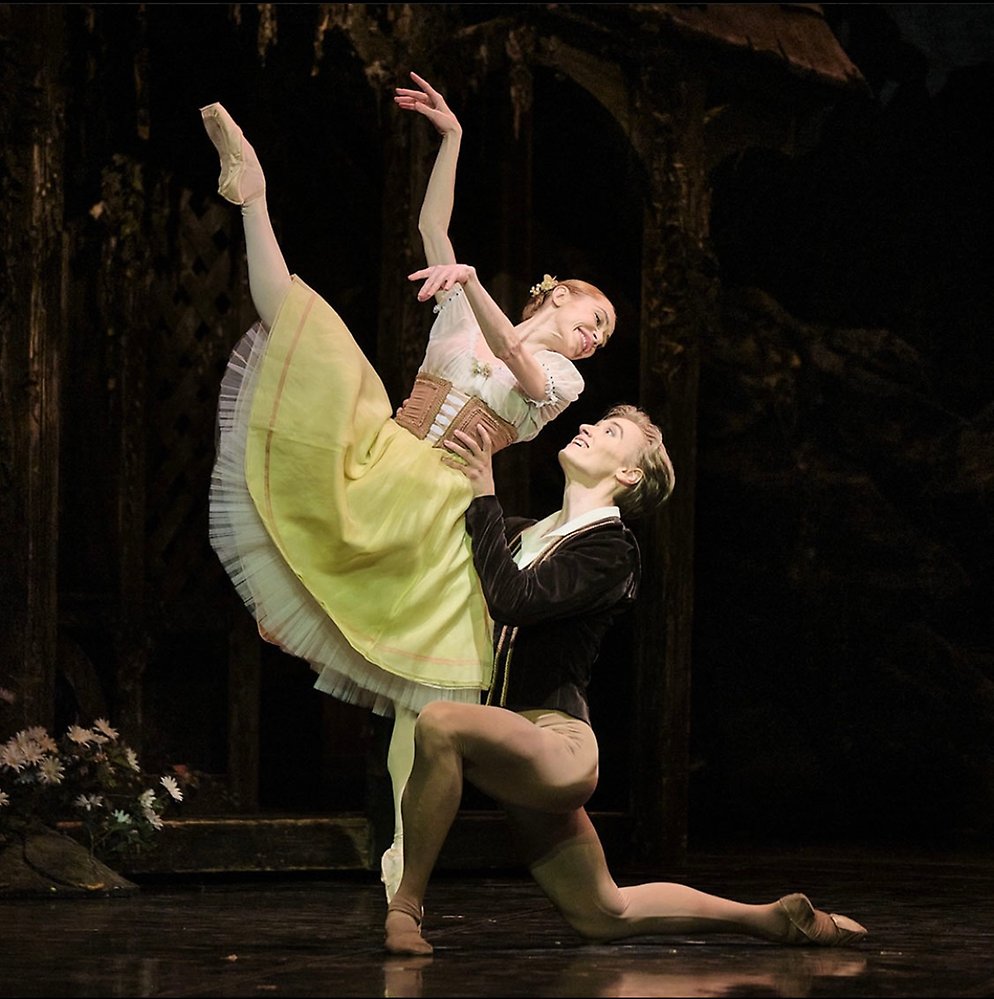
Svenske dansaren Kalle Wigle har stora framgångar i Berlin
-
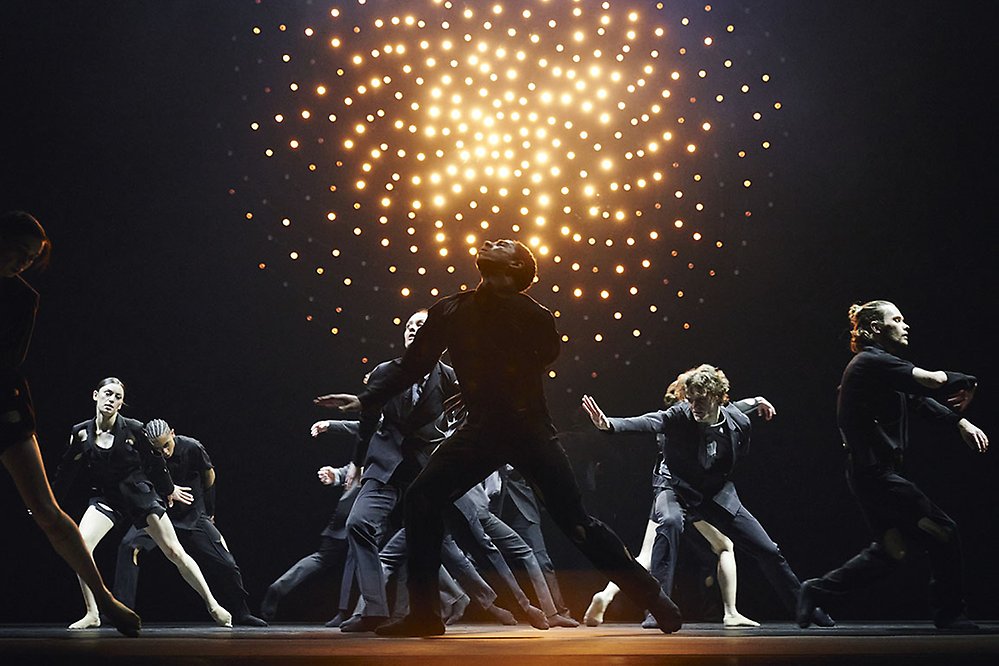
Timulak/Portner två olika verk men med flera beröringspunkter
-
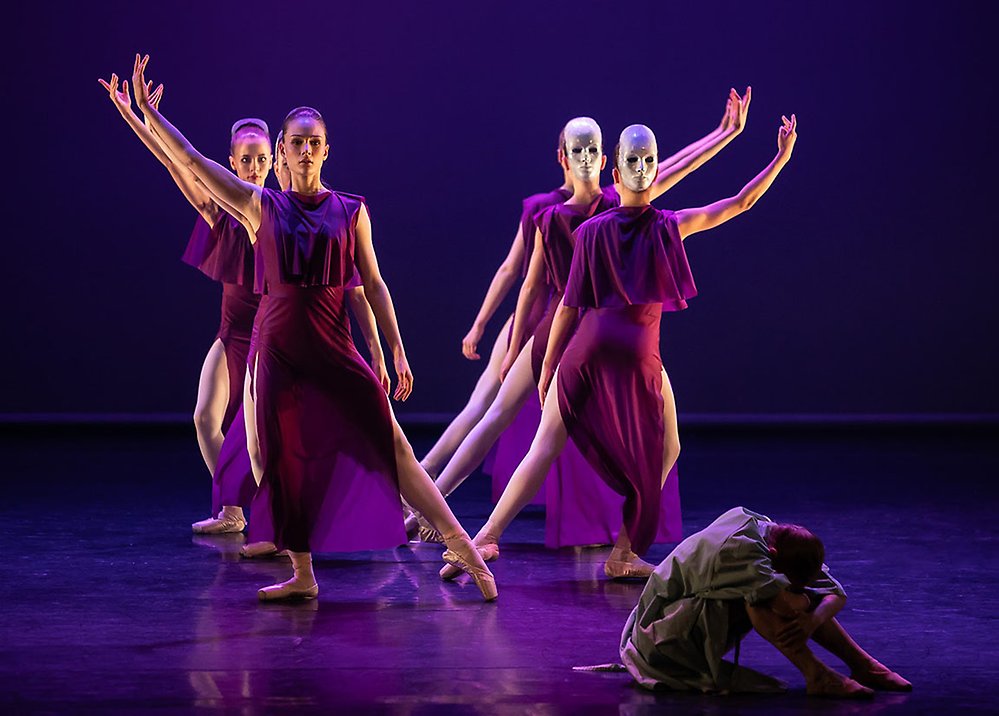
På jakt efter det fullkomliga: nationens skickligaste dansare och – smultron!
-
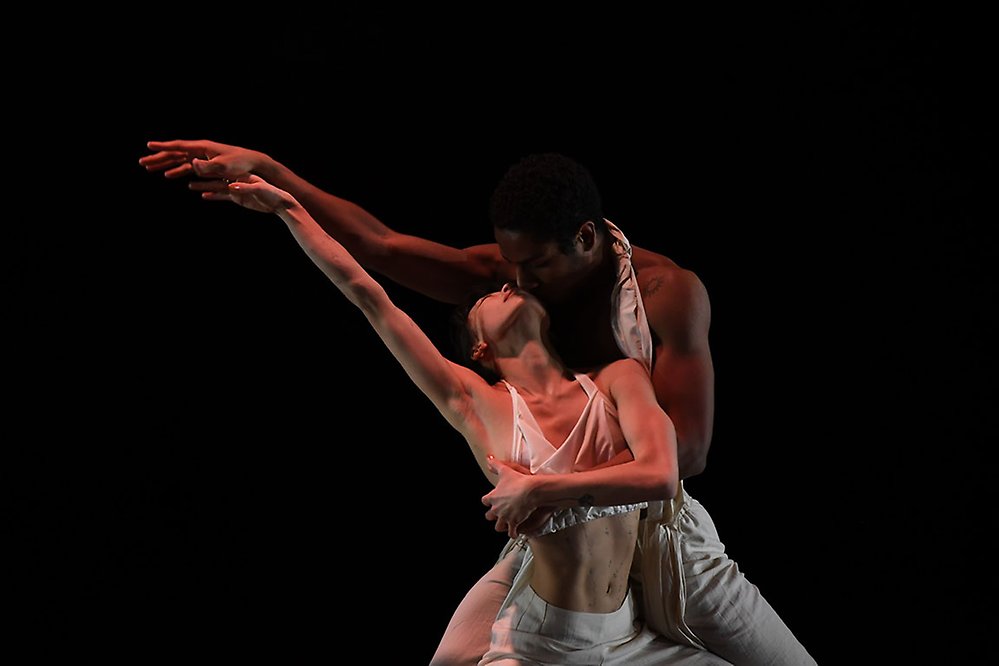
Young Choreographers en föreställning där dansare från Kungliga Operan koreograferar
-
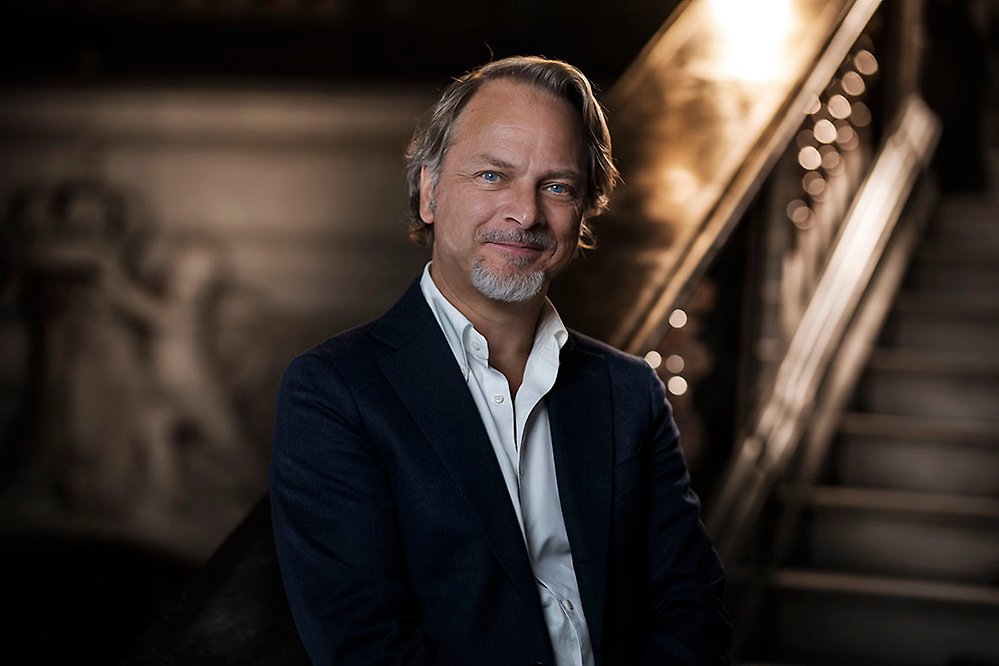
Operans VD Fredrik Lindgren: På sikt vore det fantastiskt att få ett nytt Operahus i Stockholm
-
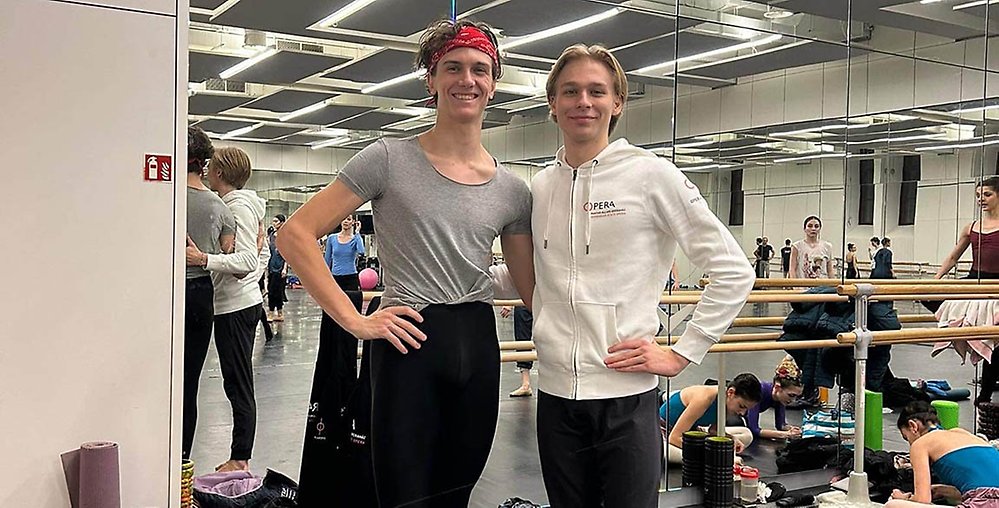
Från Svenska balettskolan i Göteborg till ungerska Statsoperan i Budapest
-
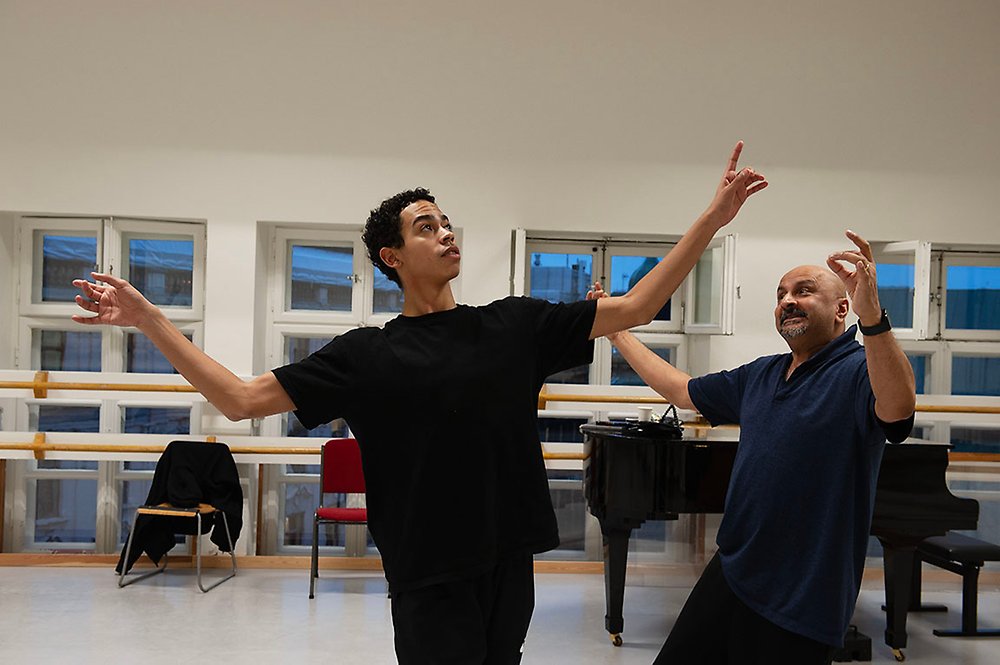
Joseph Sturdys verk Lucid Episode inleder nyårsgalan på Kungliga Operan
-
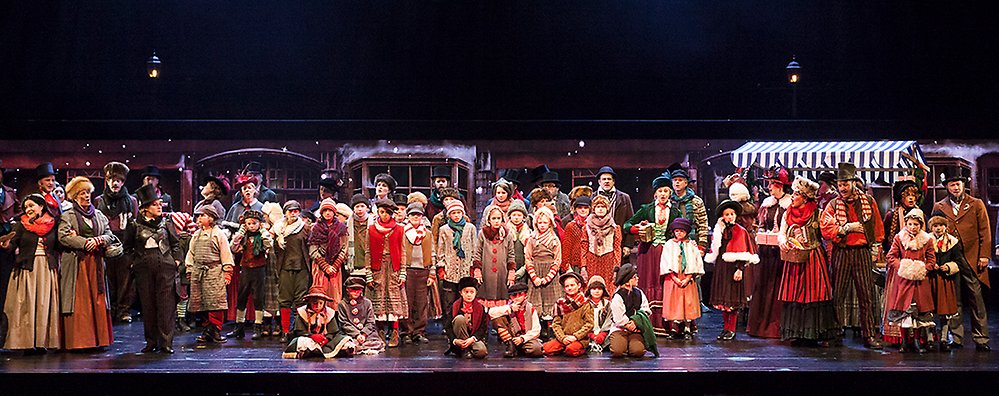
Göteborgsoperan sjunger in julen med En Julsaga
-
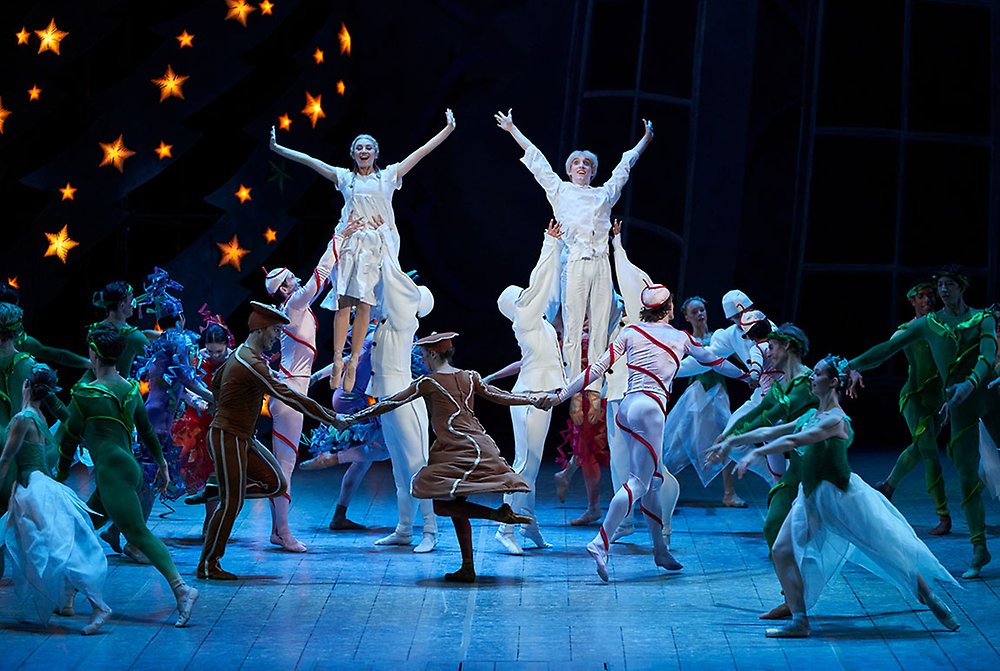
Nötknäpparen, nypremiär på Kungliga Operan i Stockholm efter fyra års uppehåll
-
Giovanni Bucchieri – en konstnärlig kameleont
-
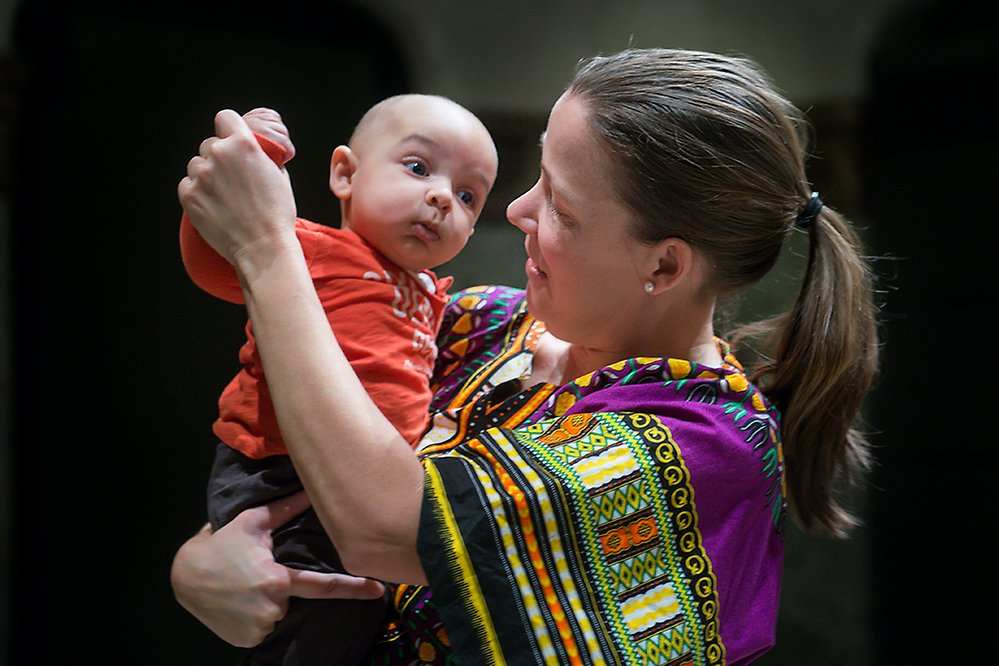
”Mycket talar för att vi inte kommer att kunna vara kvar där vi är nu,” säger Hans Lindholm Öjmyr, ny chef för Dansmuseet
-
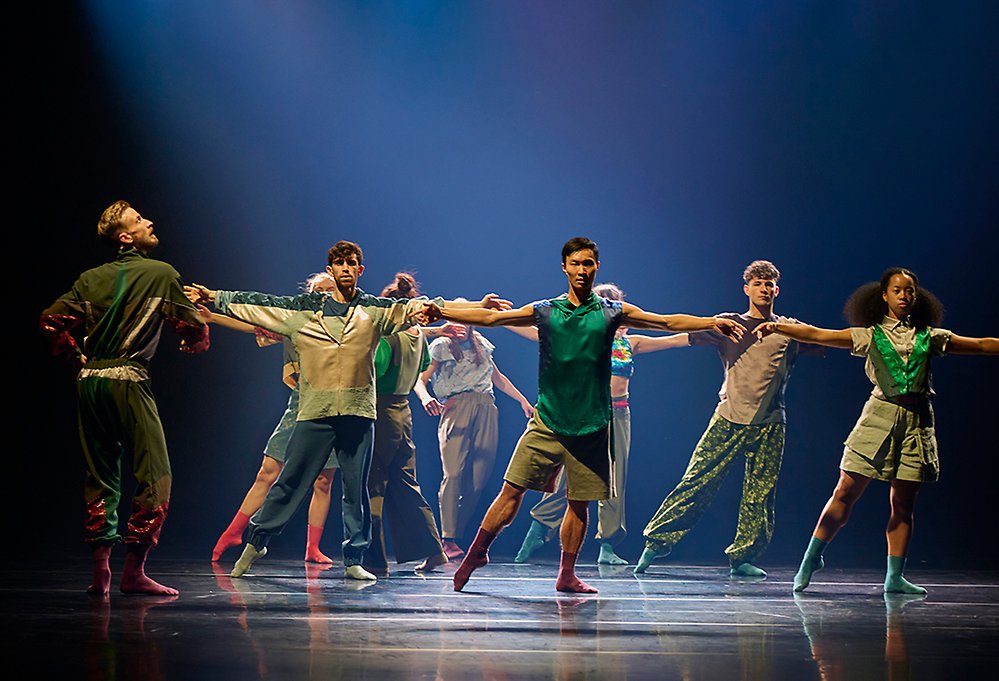
In a heartbeat, ny världspremiär på Göteborgsoperan
-
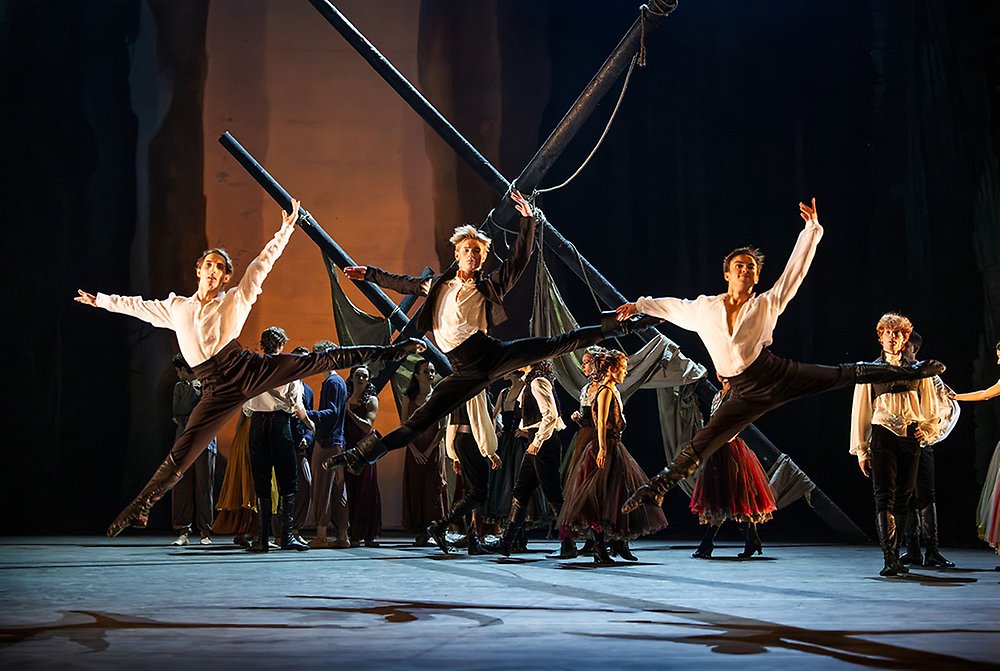
Le Corsaire, svensk premiär på Kungliga Operan med virtuos dans och teknisk skicklighet
-
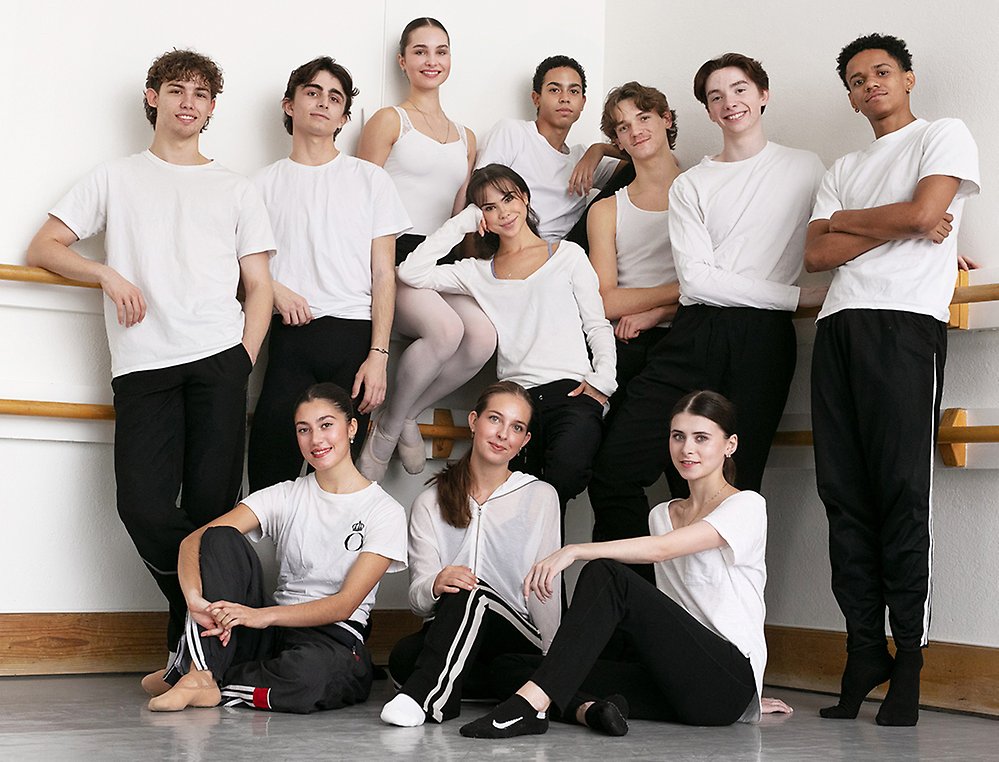
New talents join the Royal Swedish Ballet
-
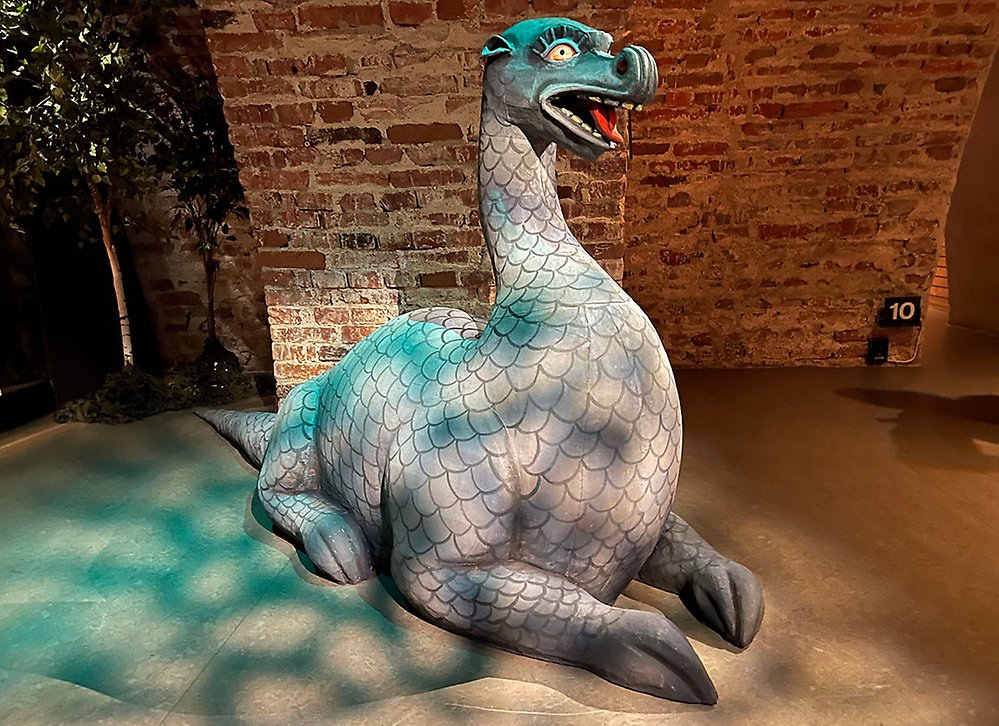
Där låg onekligen ett skimmer över Gustavs dagar
-
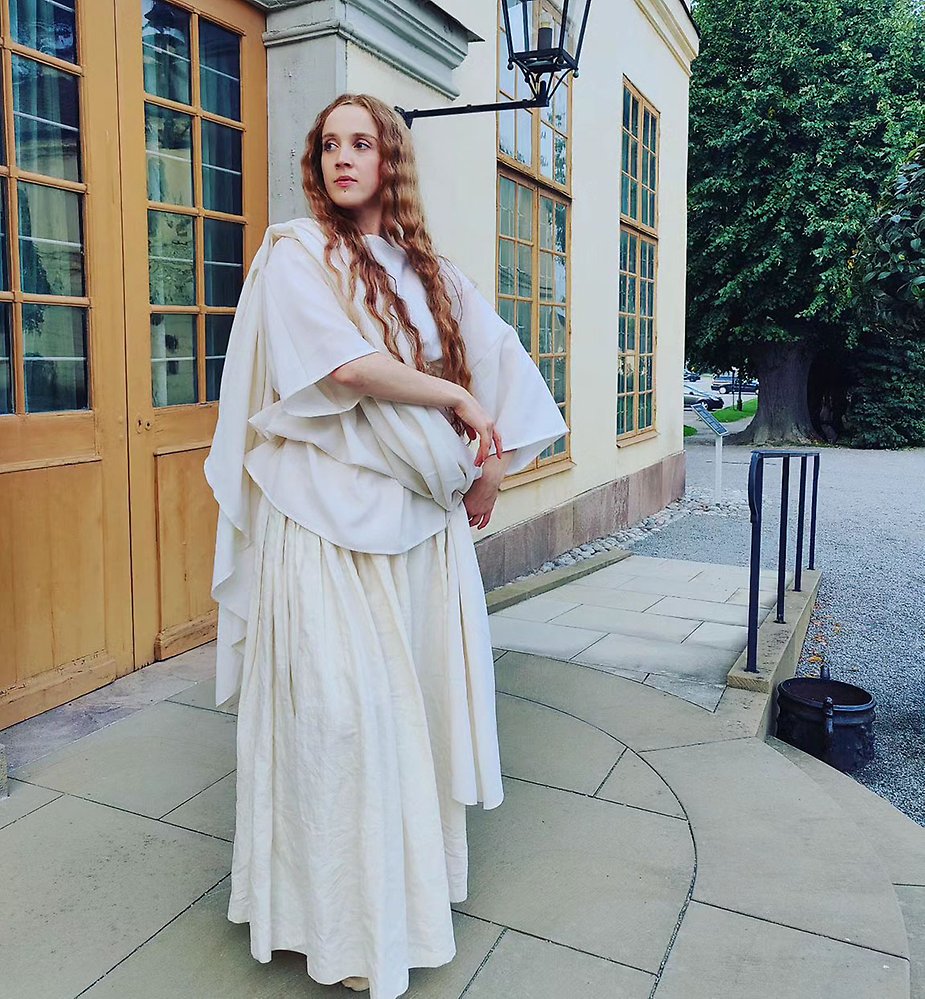
Attityder som uppskattades
-
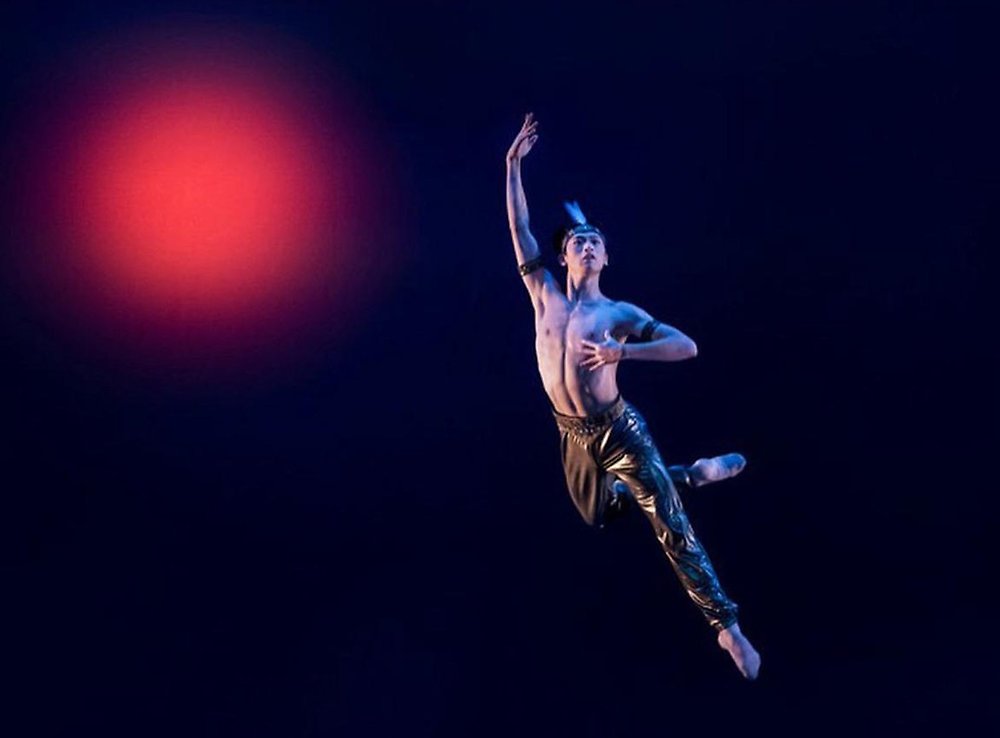
Spot-on Kentaro Mitsumori, dancer with the Royal Swedish Ballet
-
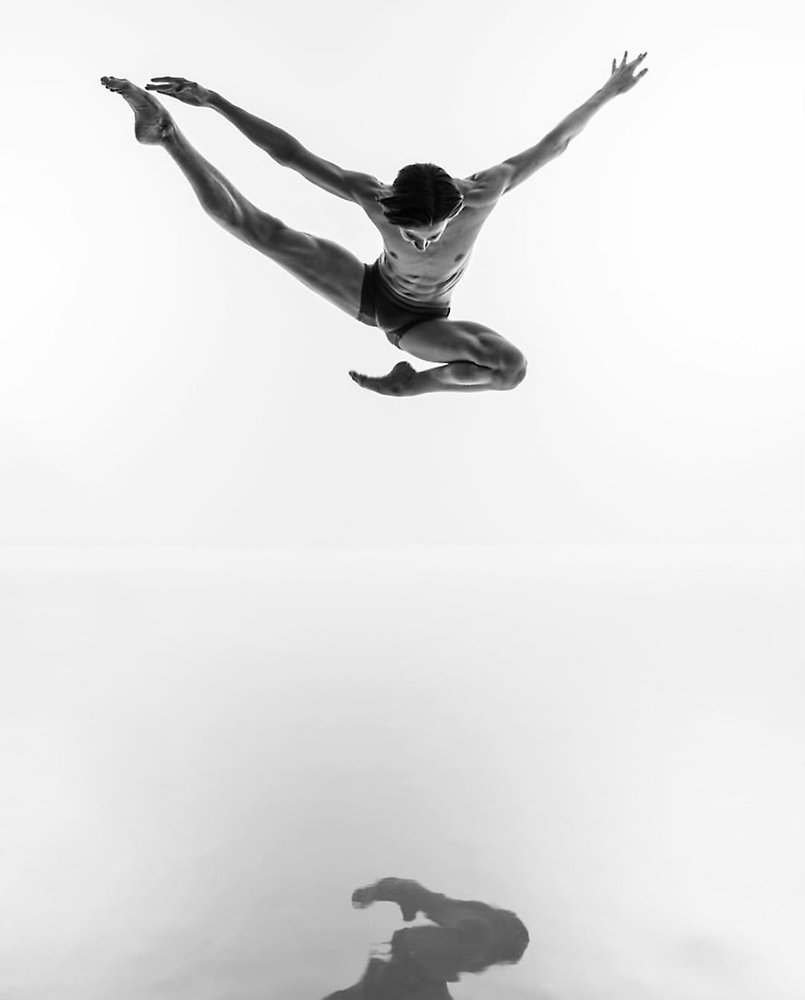
Kalle Wigle-Andersson får stipendium från Jubelfonden
Redaktion
dansportalen@gmail.com
Annonsera
dansportalen@gmail.com
Grundad 1995. Est. 1995
Powered by
SiteVision





